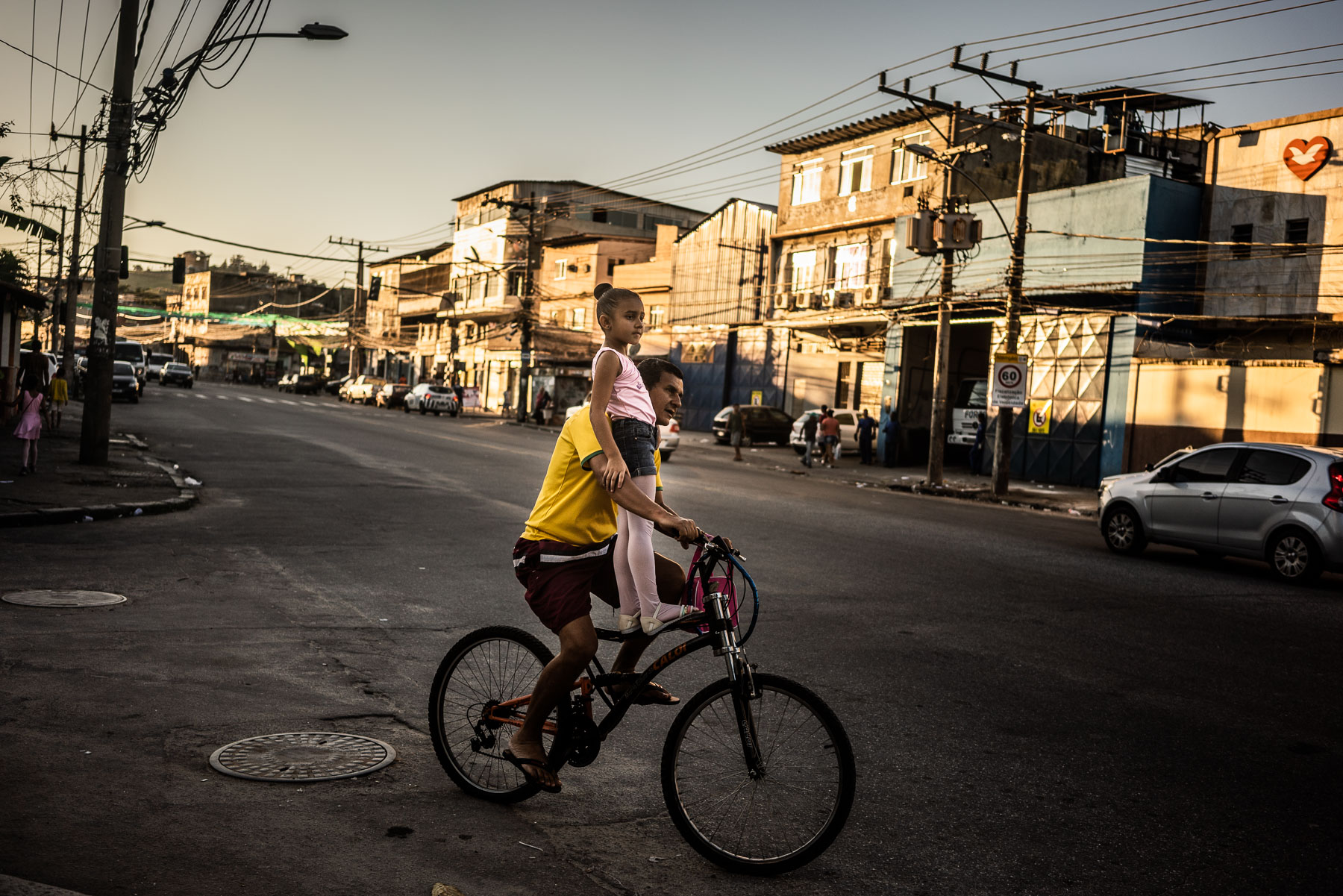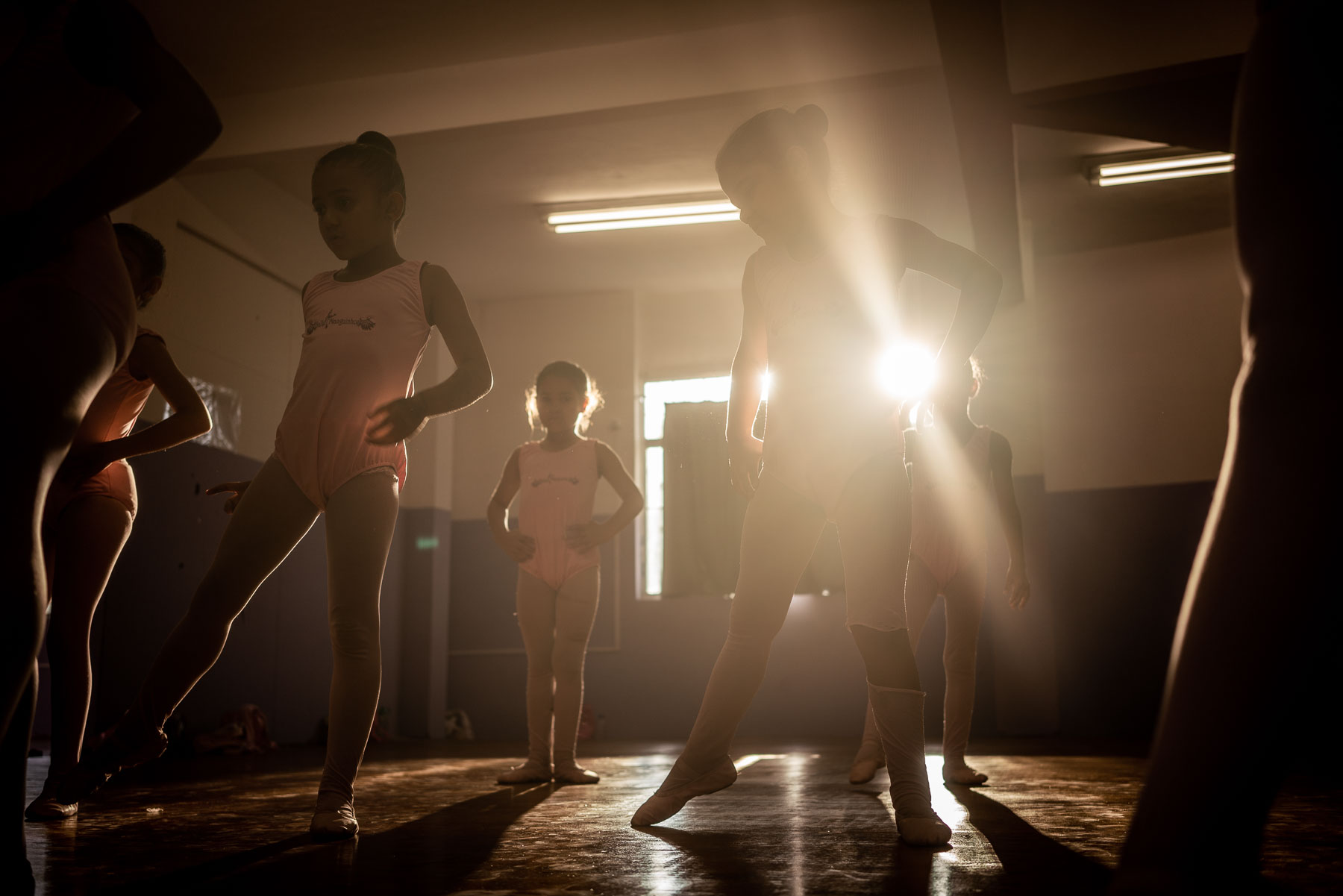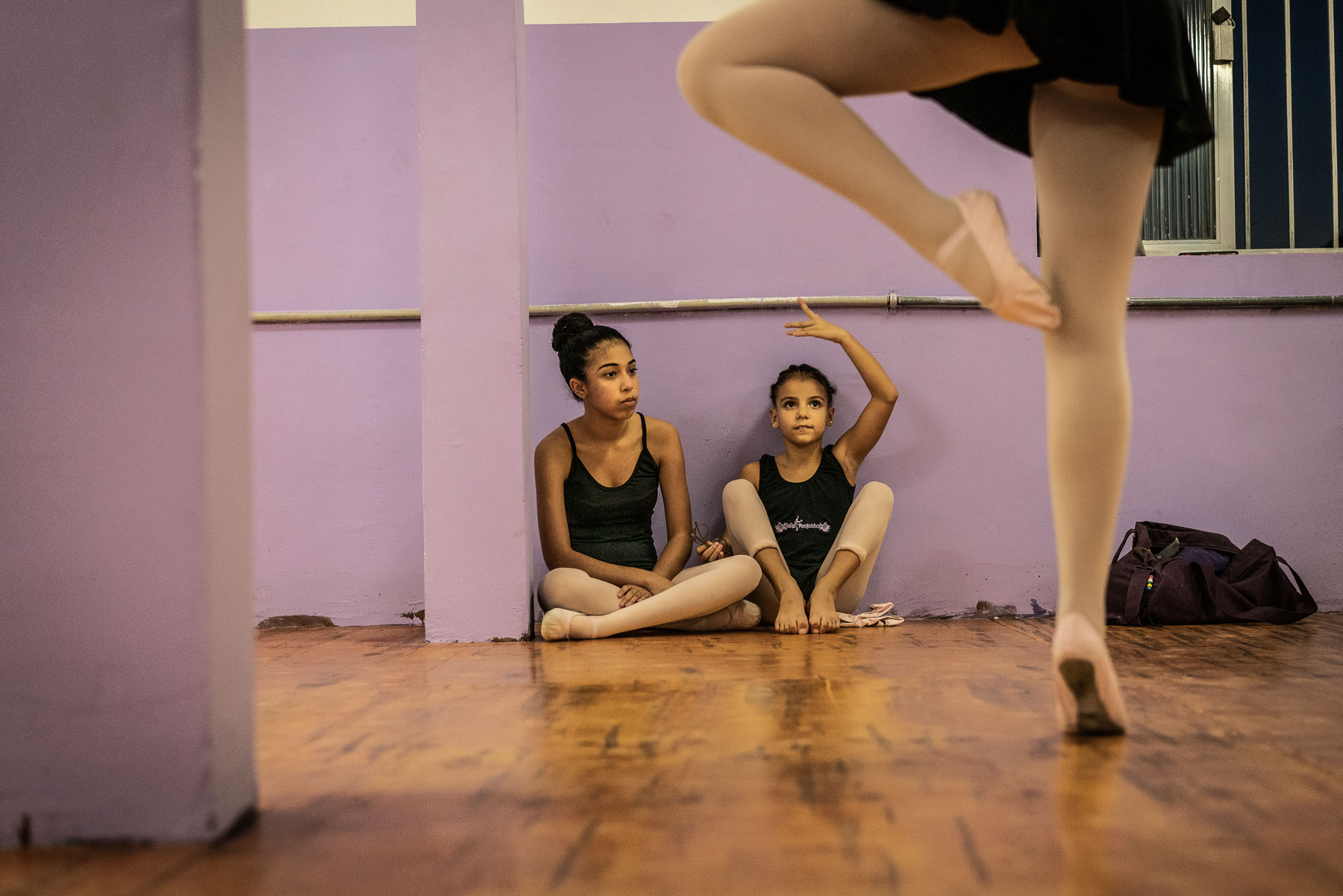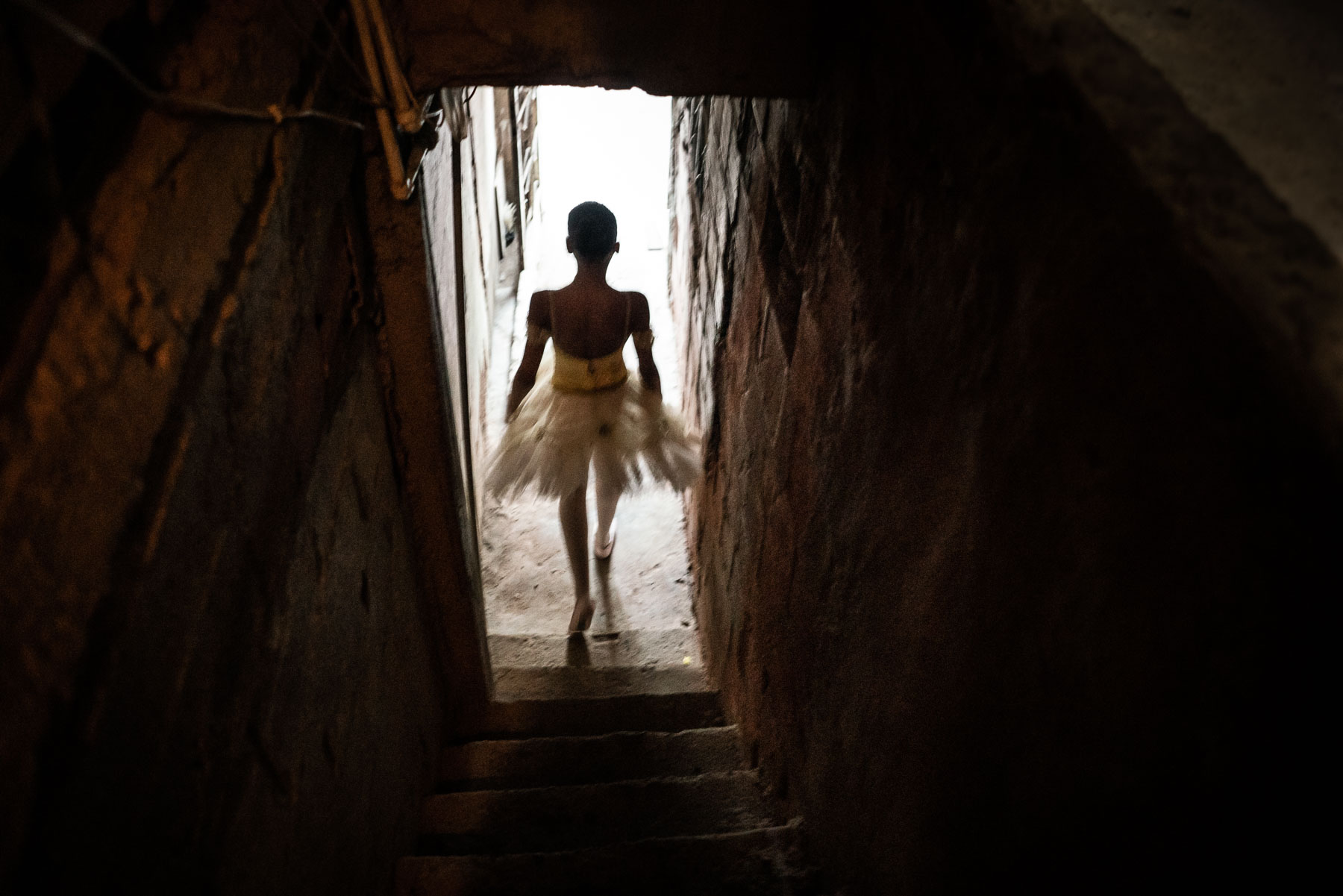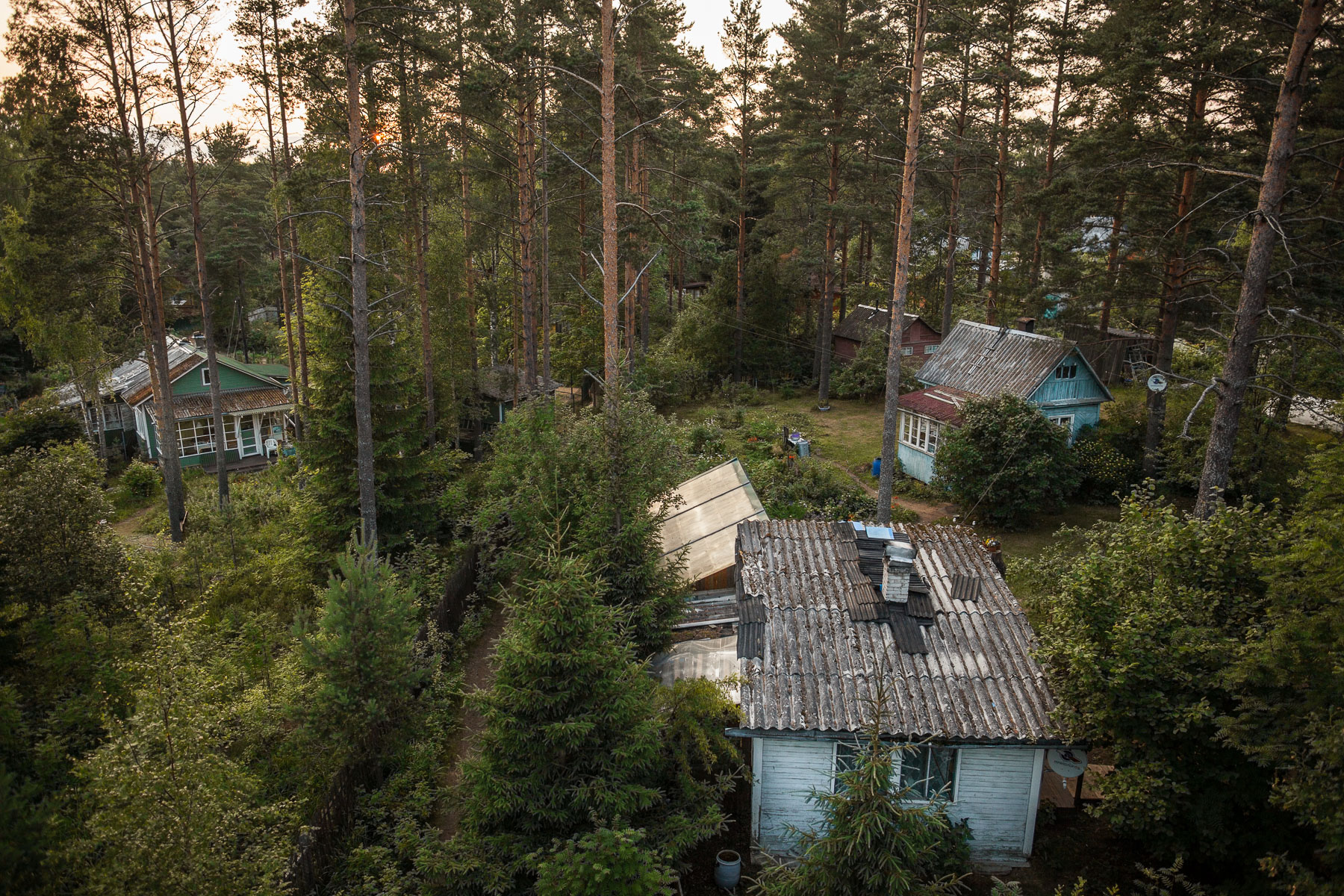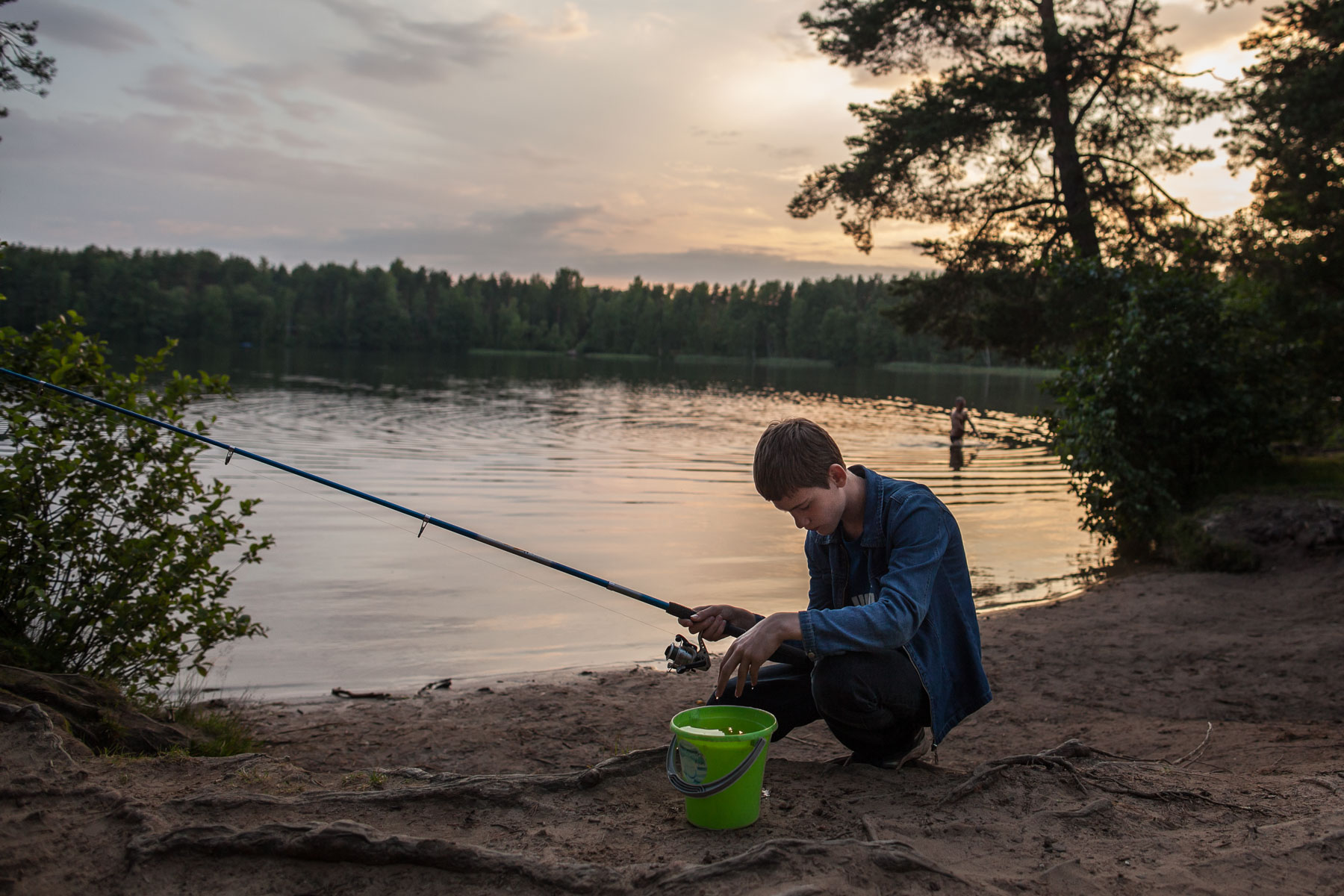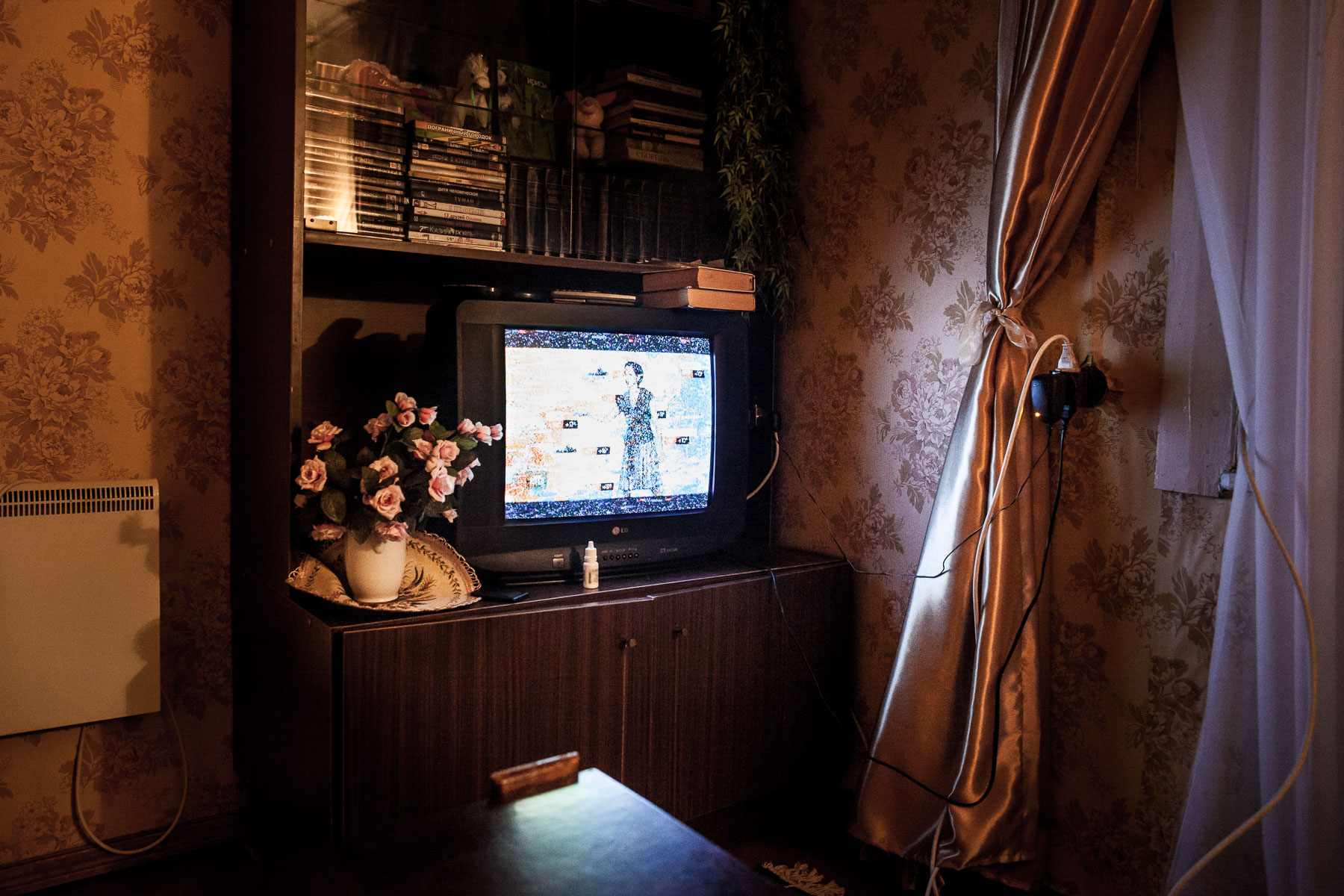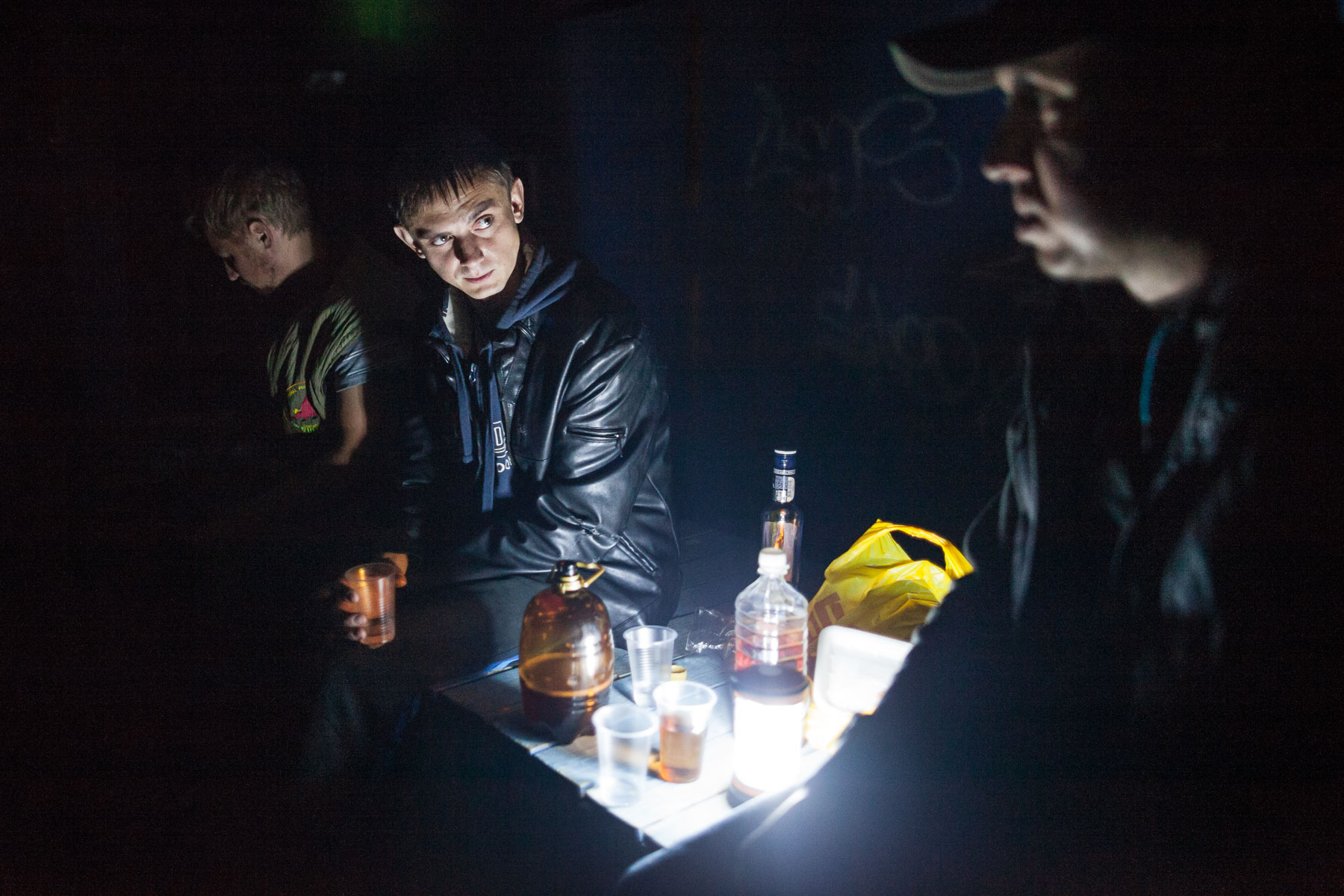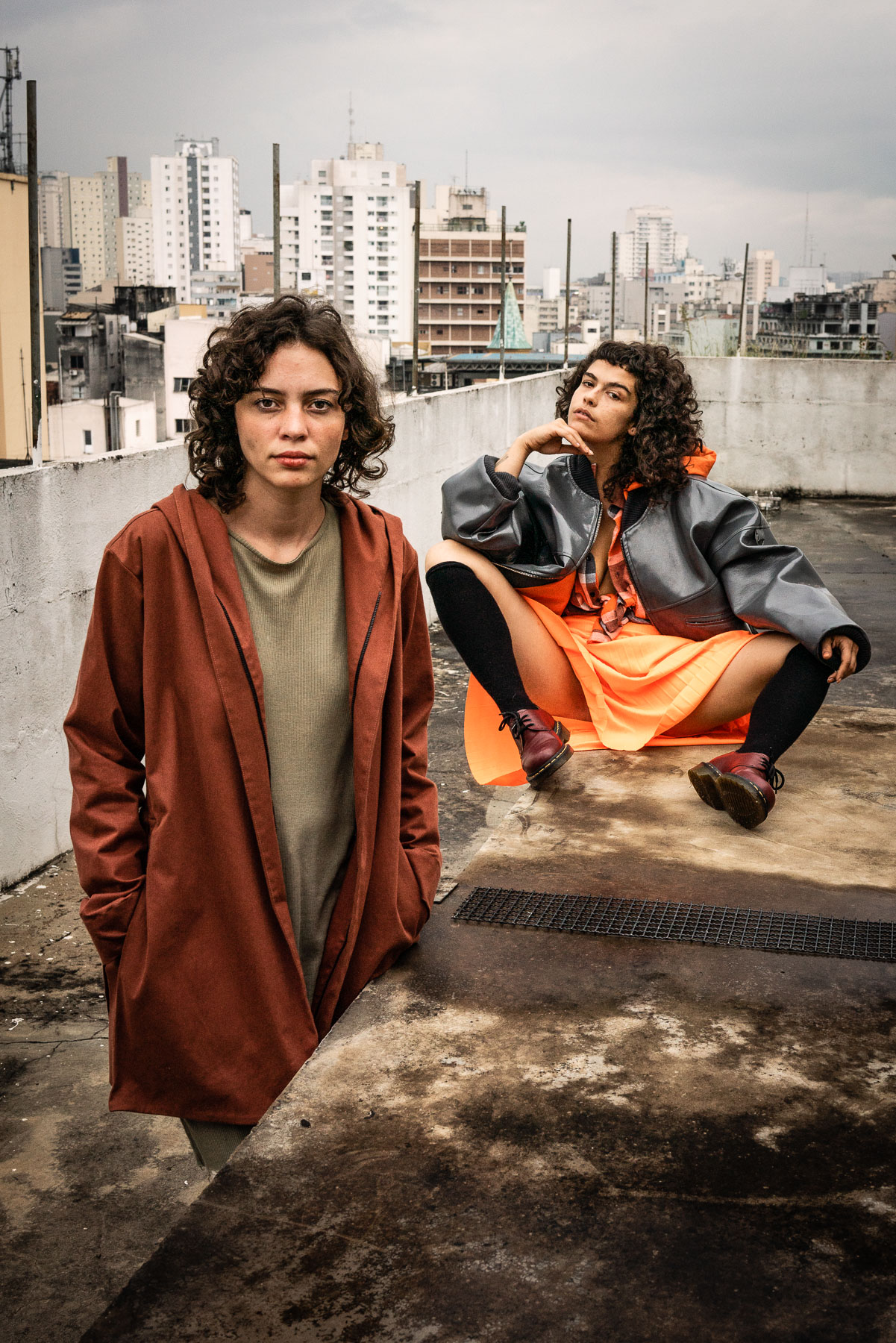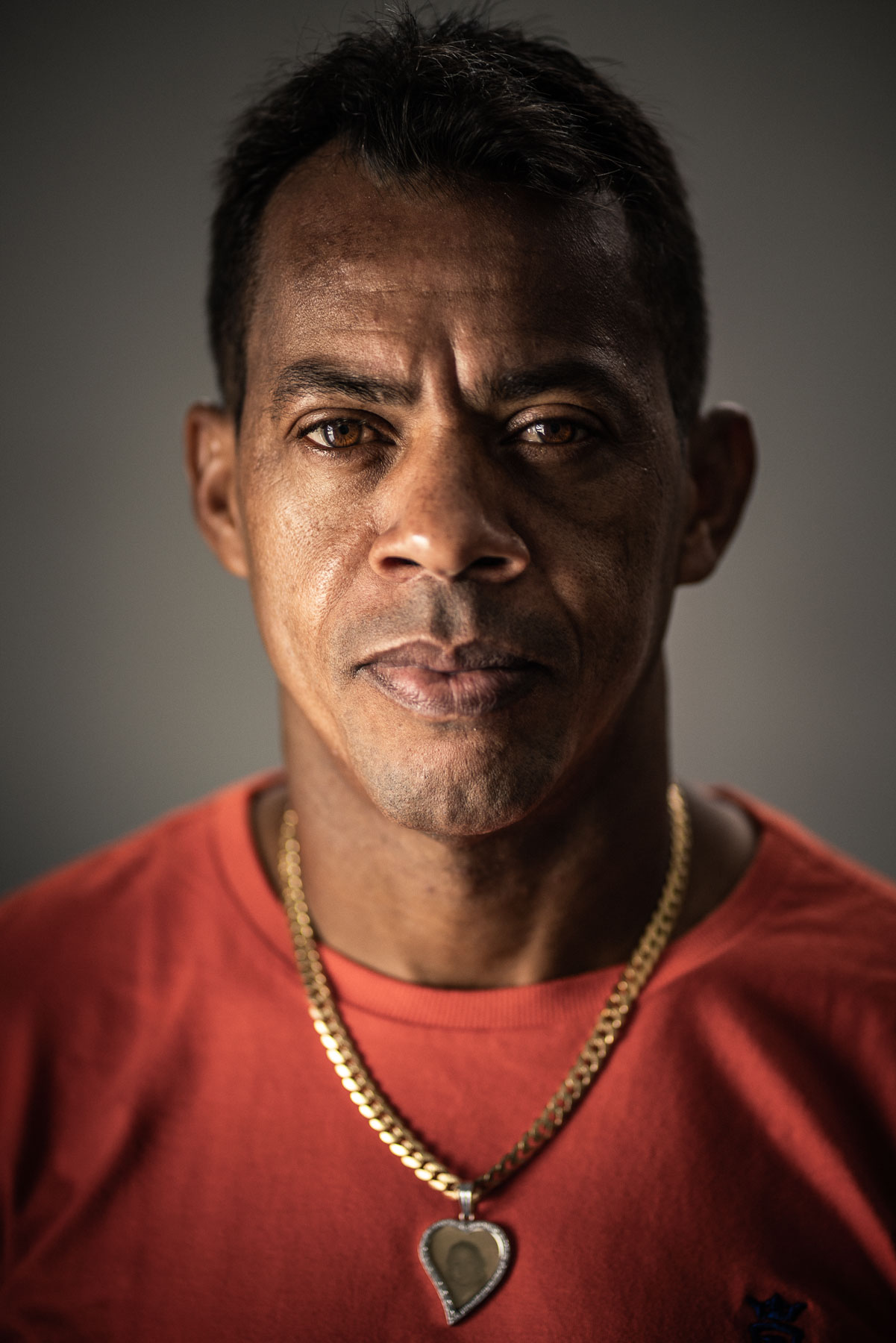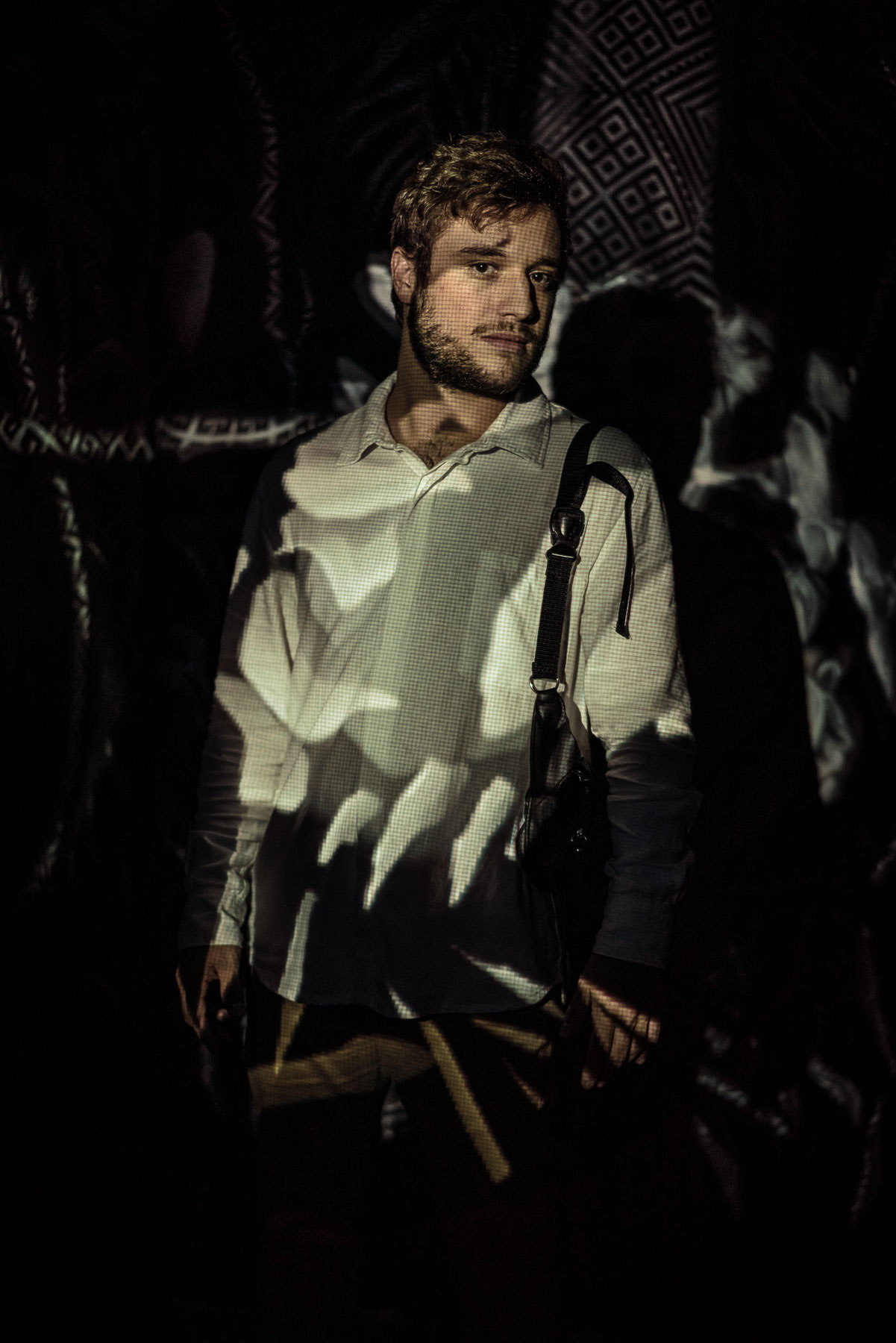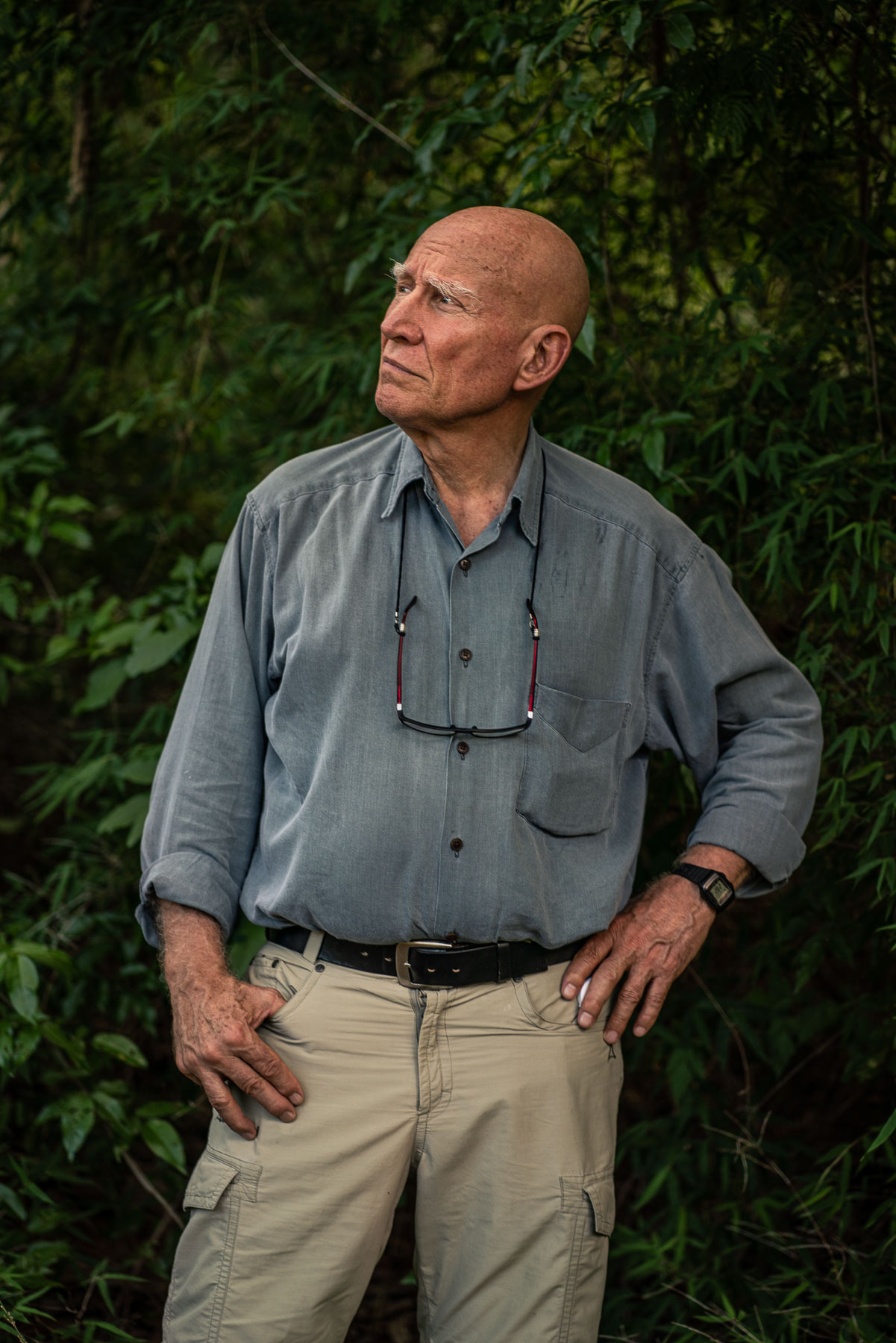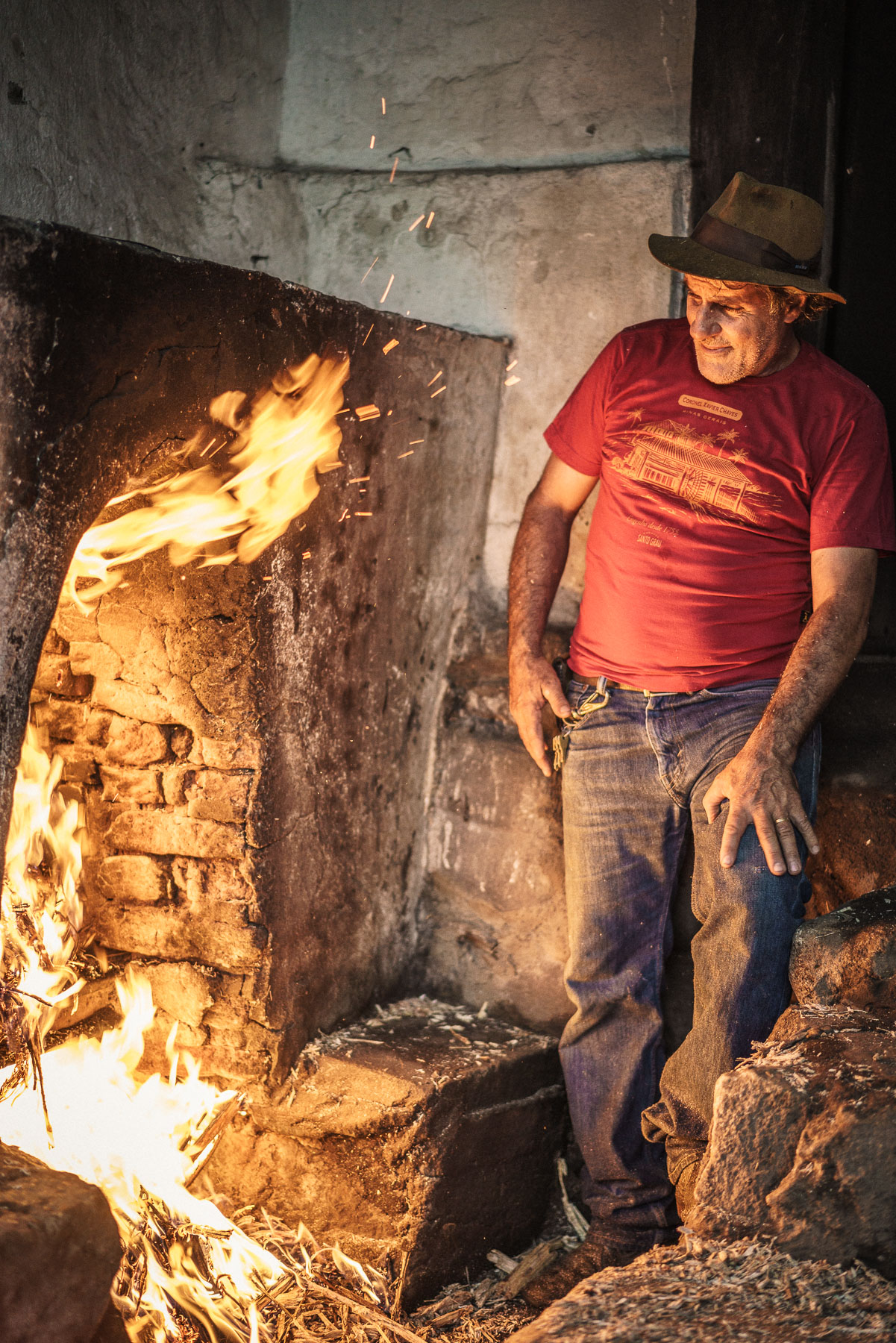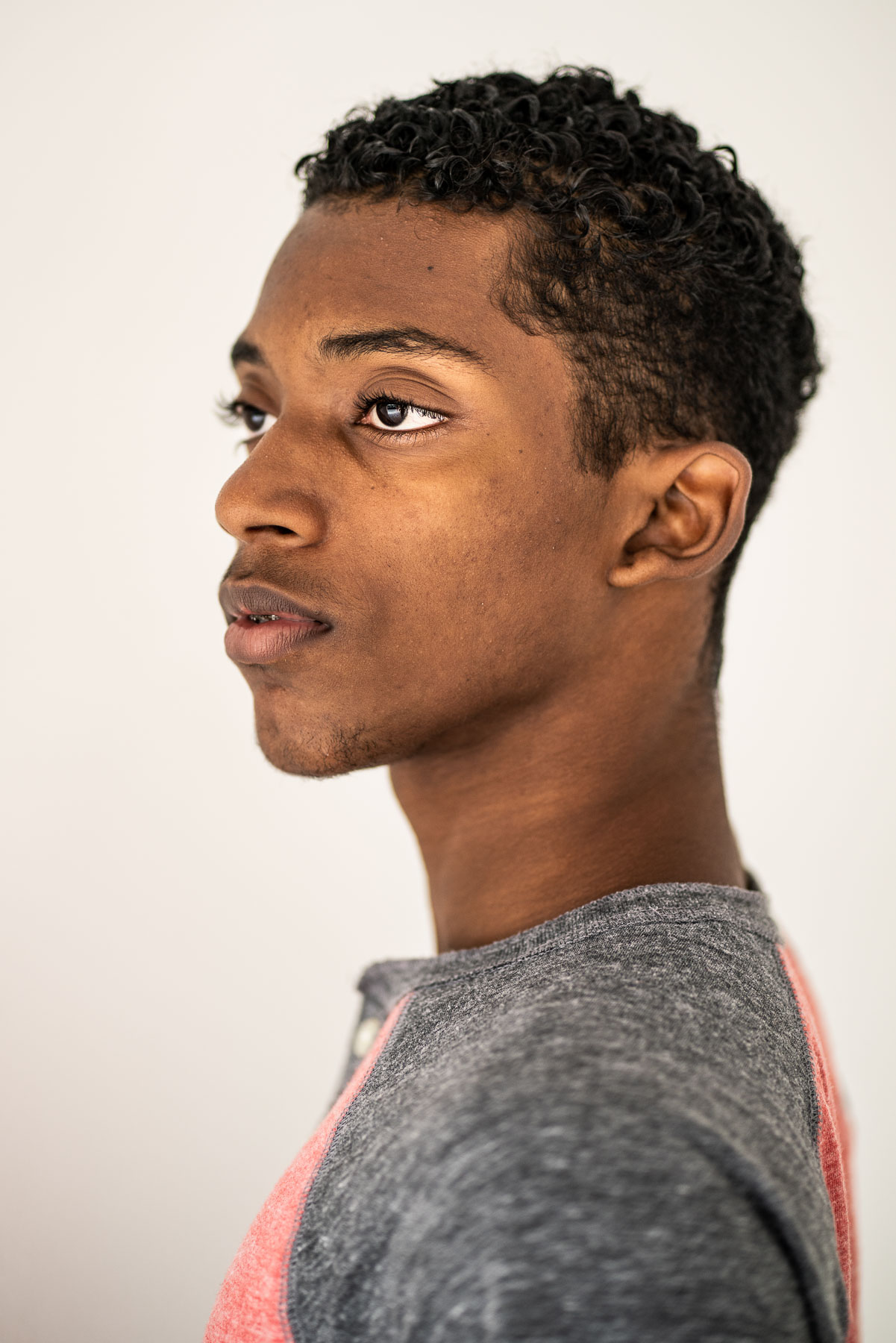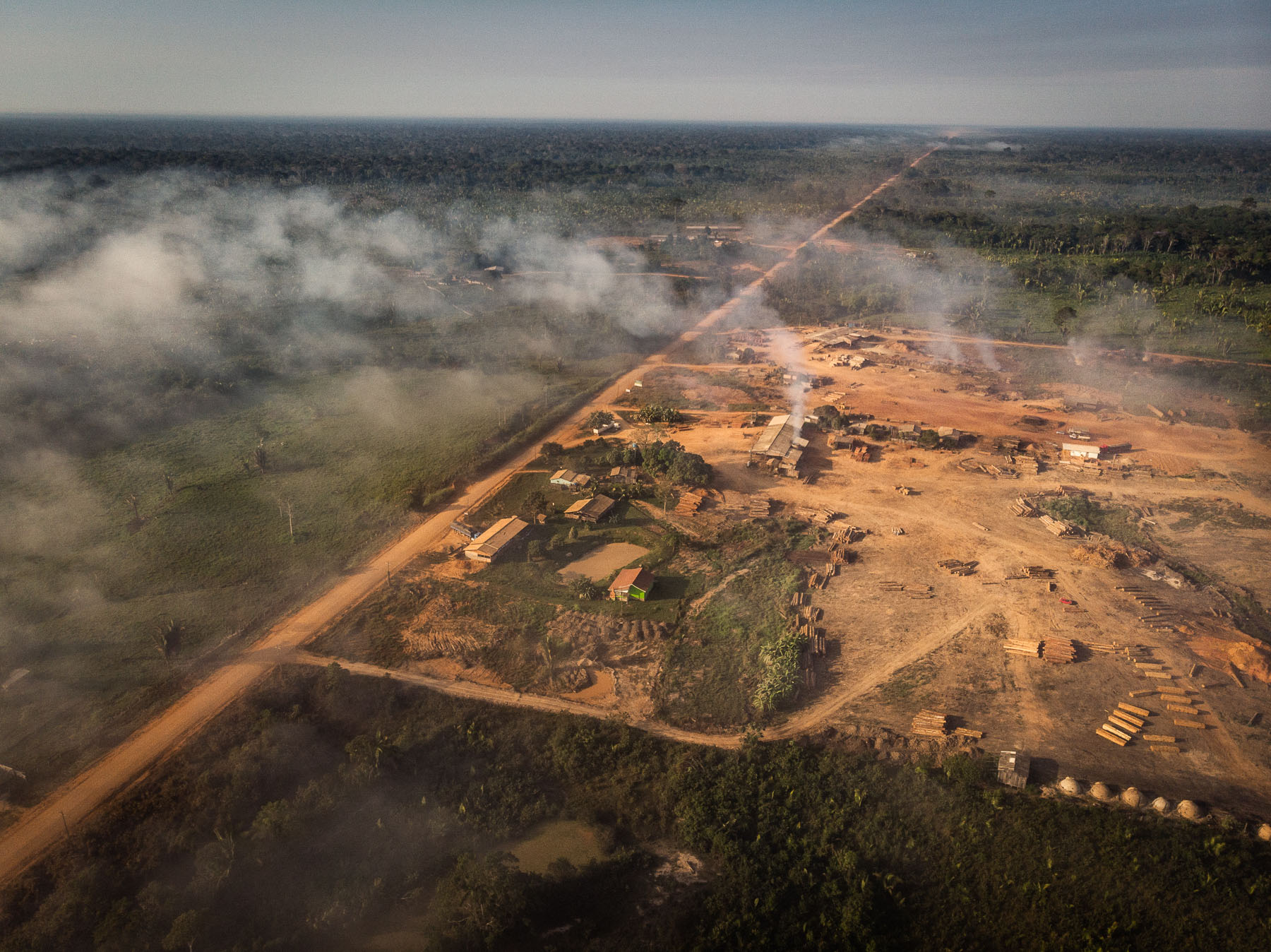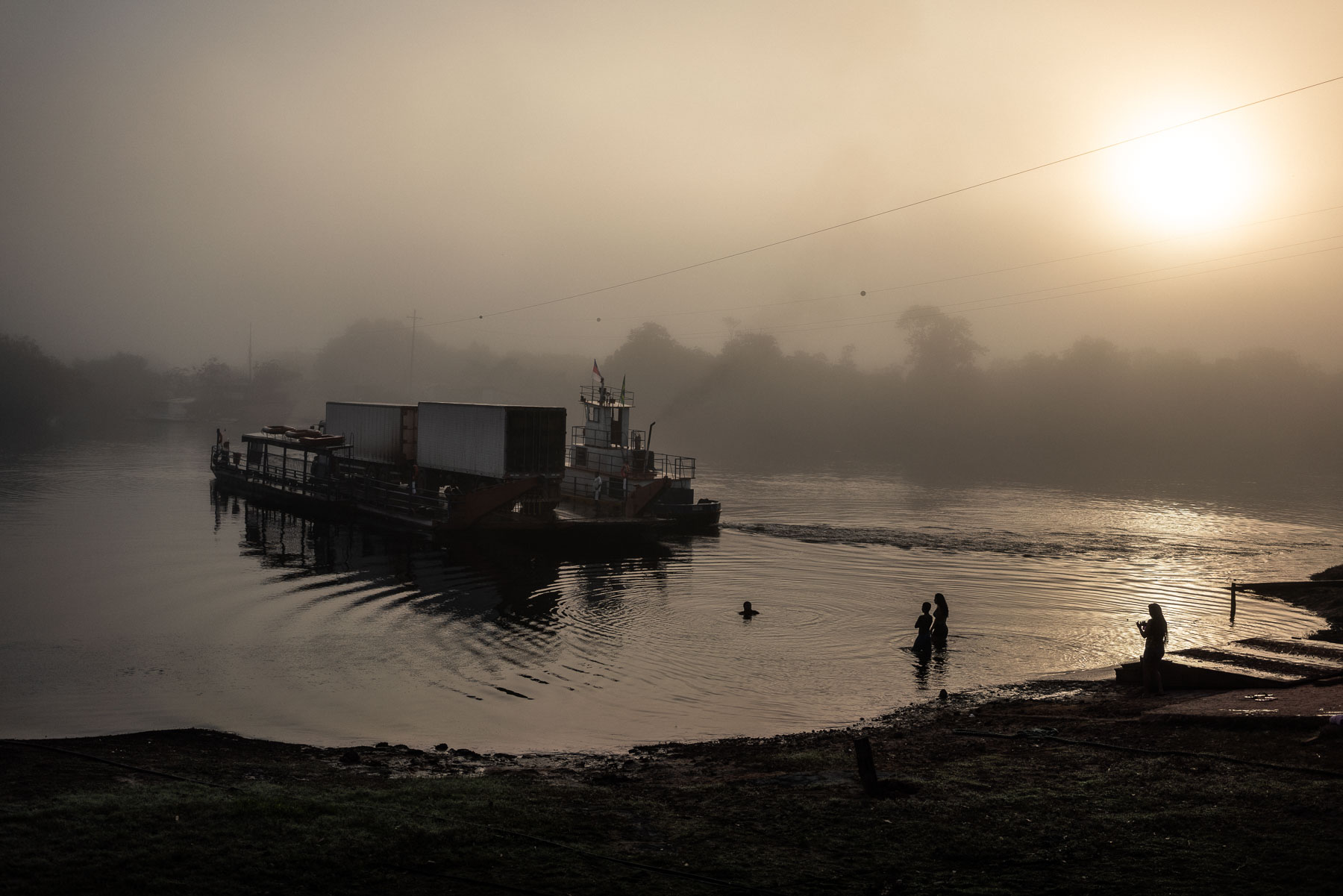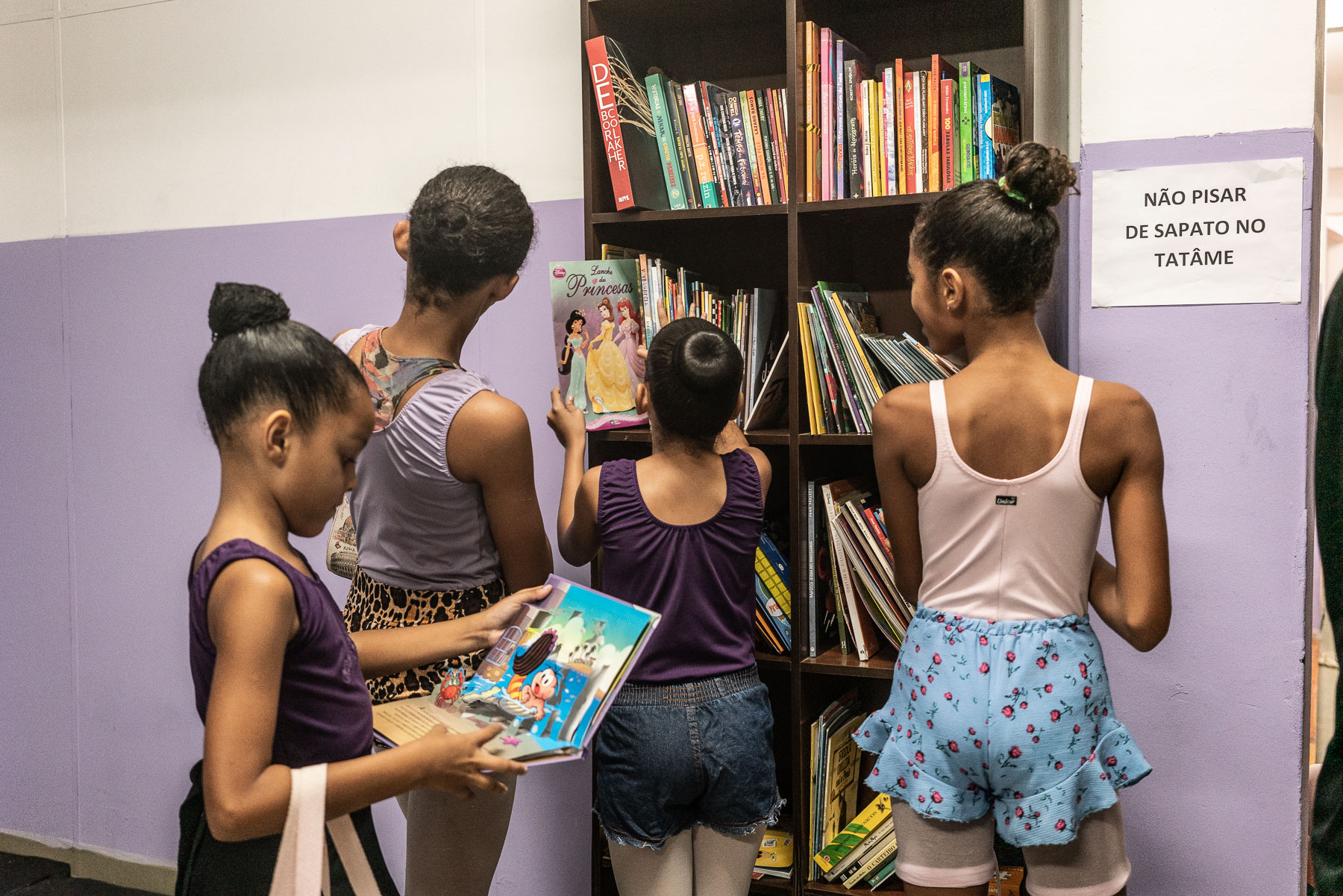
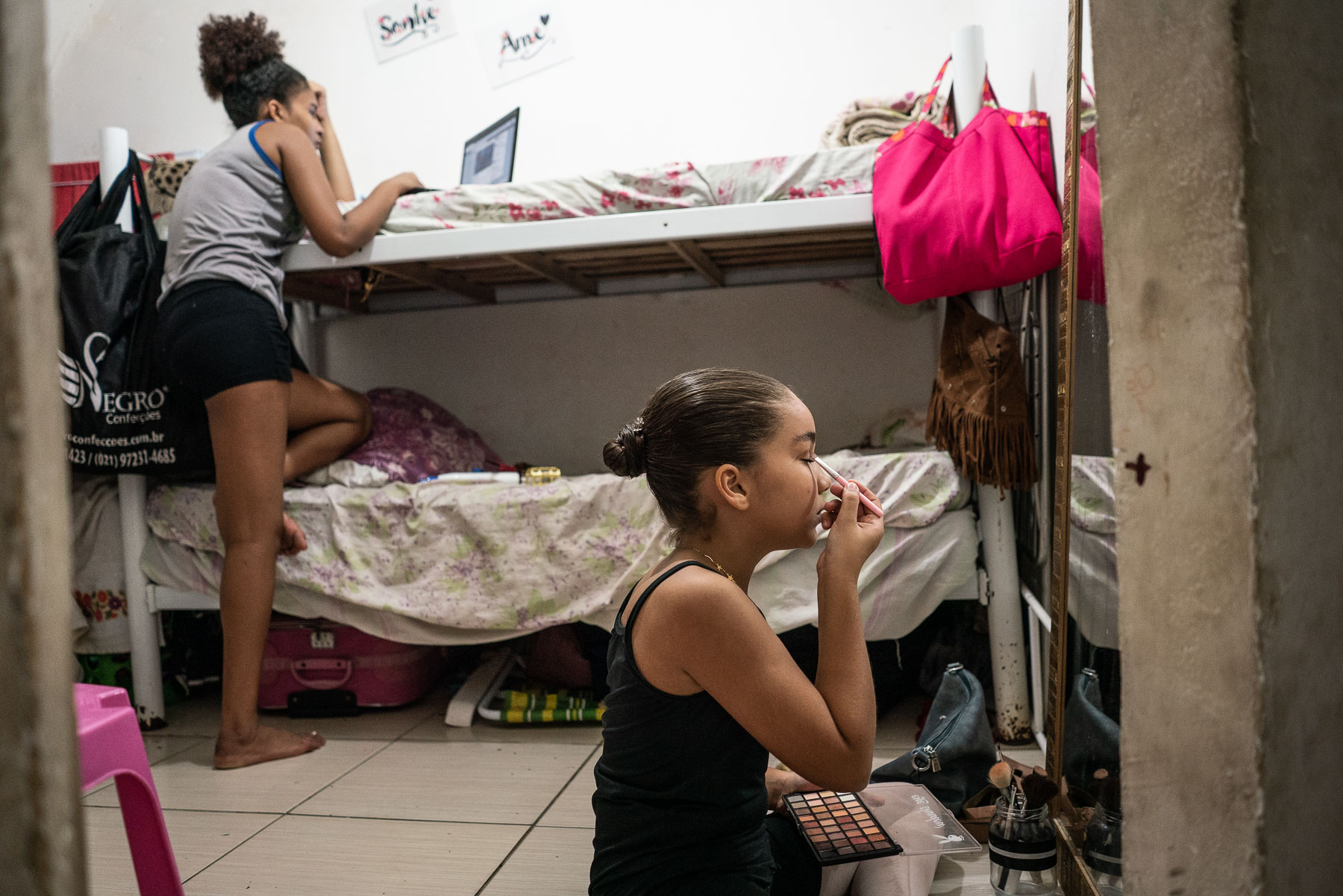
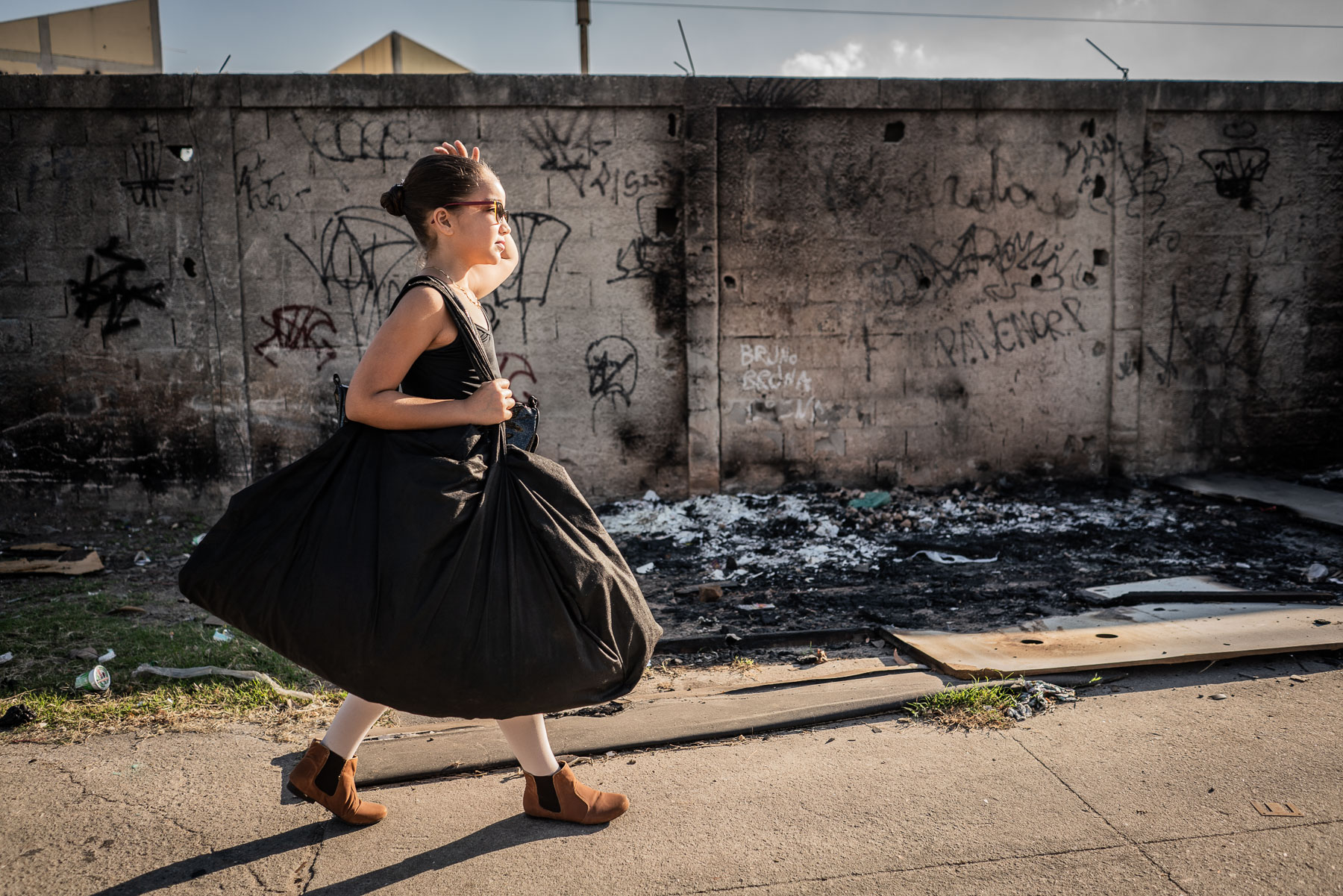
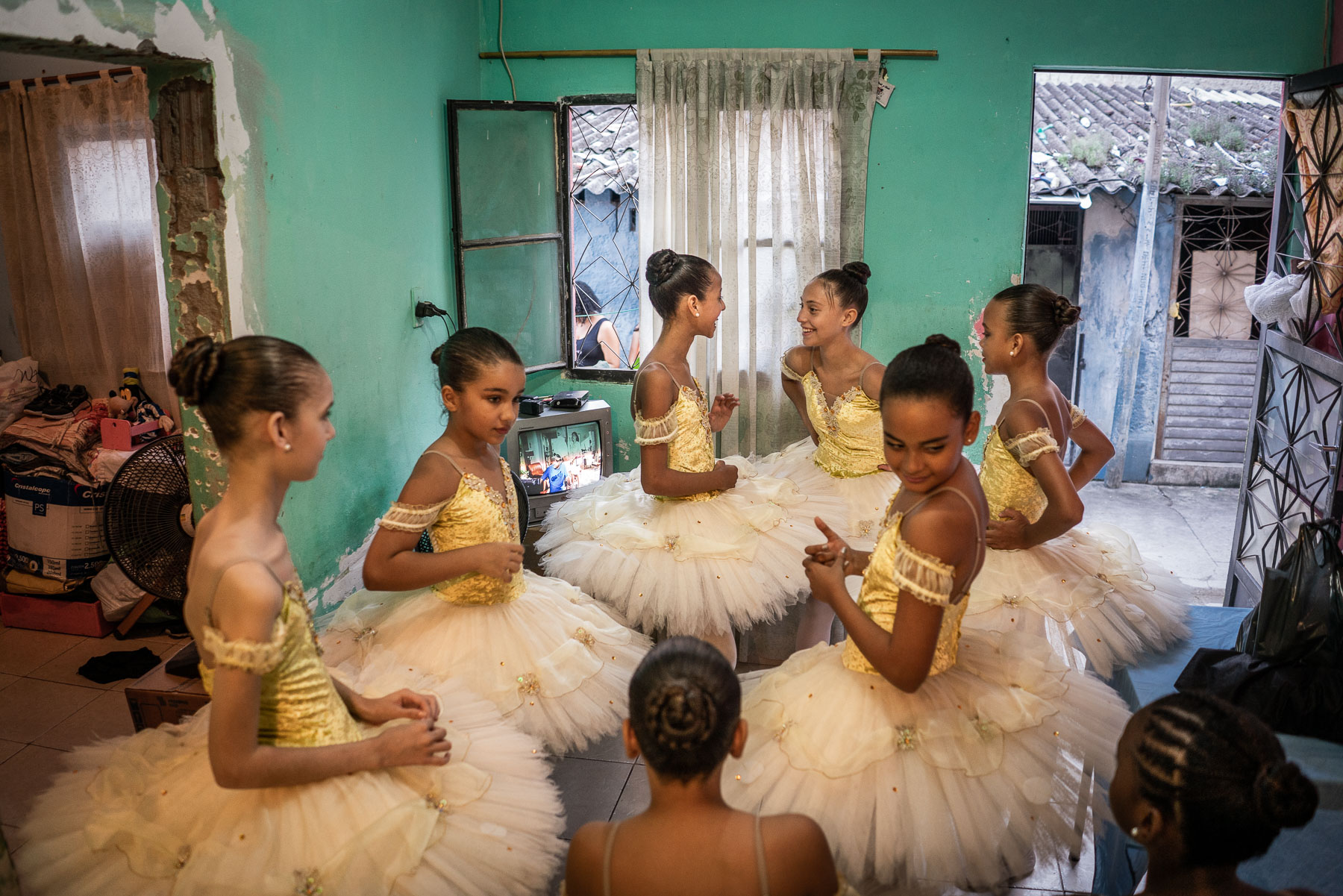
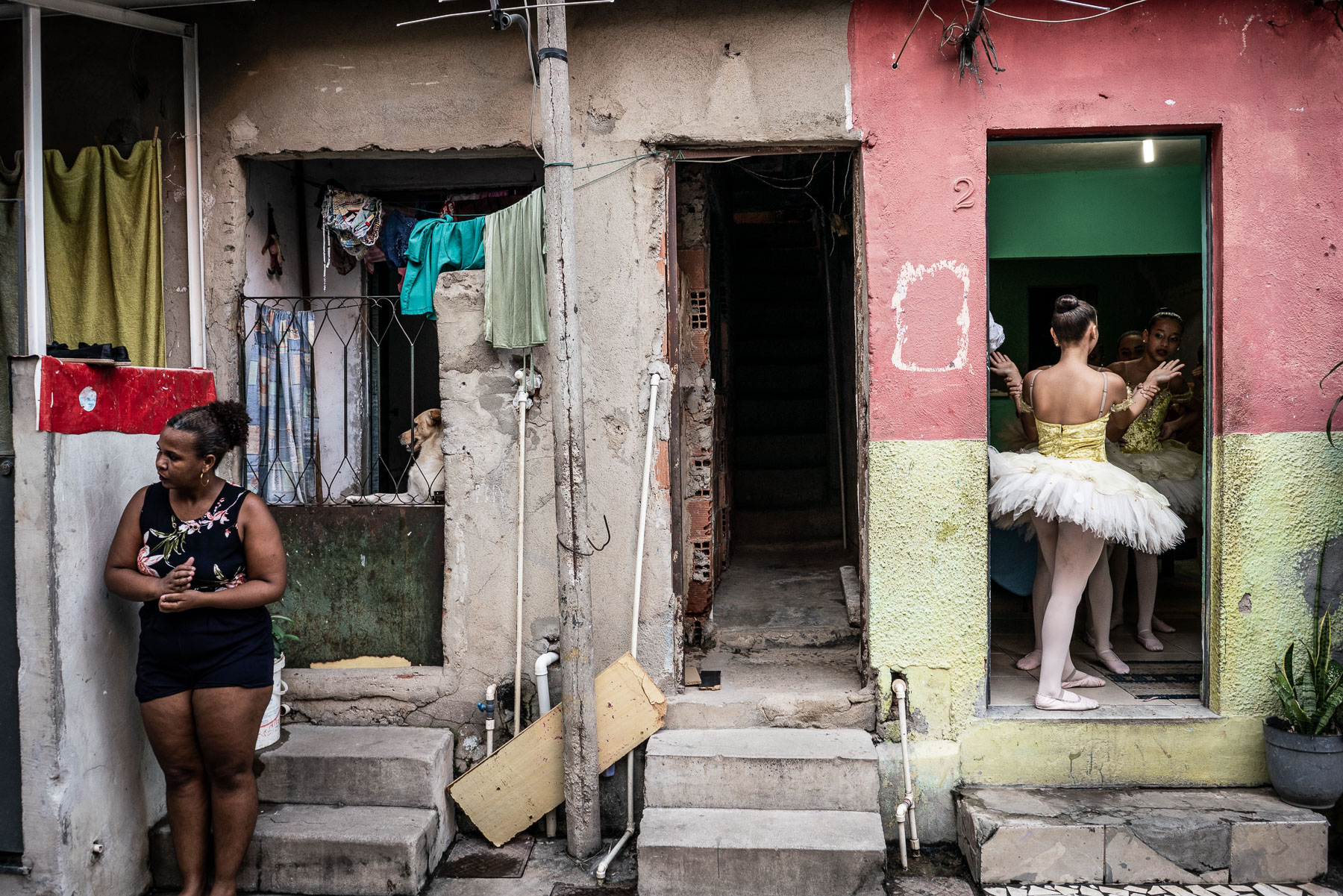
REPORTAGE
”Favela Ballett” — Die elfjährige Maysa Barbosa wächst in einer von Rio de Janeiros gefährlichsten Vierteln auf. Während viele ihrer Klassenkameradinnen sich mit den Jungs aus dem Drogenhandel herumtreiben, posiert sie zuhause vor dem Spiegel, übt ihren Arrabesque, ihr Grand-Plié.
Maysa ist die Spitzenschülerin des Ballet Manguinhos, einer Ballettschule mitten in einer der gewalttätigsten Favelas der Stadt. 250 Tänzerinnen lernen hier, unterrichtet von Lehrerinnen der besten Tanz-Akademien des Landes. Die Schule ist ein Betonturm, umgeben von zehntausenden provisorischen Ziegelbauten. Ein Schutzraum, gegen die Gewalt auf der Straße. Ballett verspricht ein Ausweg zu sein, mithilfe von Anmut und Eleganz. Vor allem aber: Disziplin...
Reportage zusammen mit Autor Fabian Federl in Rio de Janeiro in 2019. Veröffentlicht in Spiegel Online (D), Marie Claire(NL/TW/KR), Frankie (AU), Maailman Kuvalehti (FI), HUCK(UK), Welt d. Frau (AT), u.A.
DOKU
”A Datcha State of Mind ” — Die russische Datscha ist mehr als ein Häuschen oder ein Schrebergarten. Sie ist eine eigene Welt: nicht Stadt nicht Land - Es geht um mehr als bloß einen Ort für die Ferien. Es geht um einen Teil des russischen Selbstverständnis.
Dies ist meine persönliche Reise. Ich bin zurückgekehrt an einen magischen Ort meiner Kindheit in der Sowjetunion, auf der Suche nach dem “Dacha State of Mind”. Denn die Datscha ist ein Geisteszustand und eine Institution, die seit dem 17. Jahrhundert nur gewachsen ist. Alle Krisen, Kriege und Revolutionen hat sie überdauert und ist bis heute ein unverzichtbarer Teil russischer Kultur und Gesellschaft. Die Datscha ist ein Refugium - fern vom Alltag, seinen Sorgen und Problemen.
Freie Arbeit im Rahmen der Joop Swart Masterclass von World Press Photo aus dem Jahr 2015. Für mehrere Woche kehrte ich zurück zu dem Ort wo ich meine Kindheit in Russland verbrachte um ihn zu dokumentieren.
Veröffentlicht als Buch: „Die Datscha - 600 m² Glück“ im Sieveking Verlag


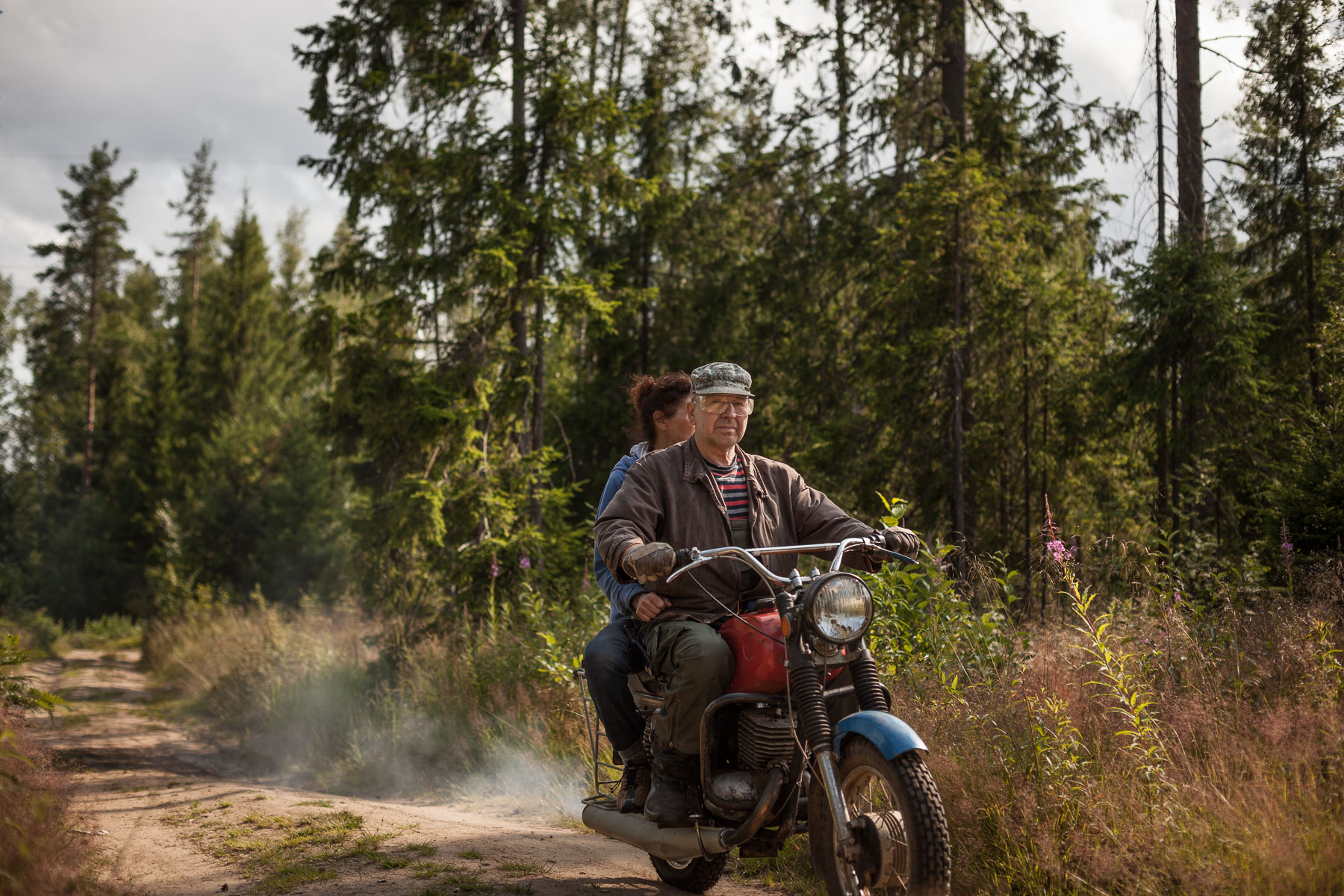
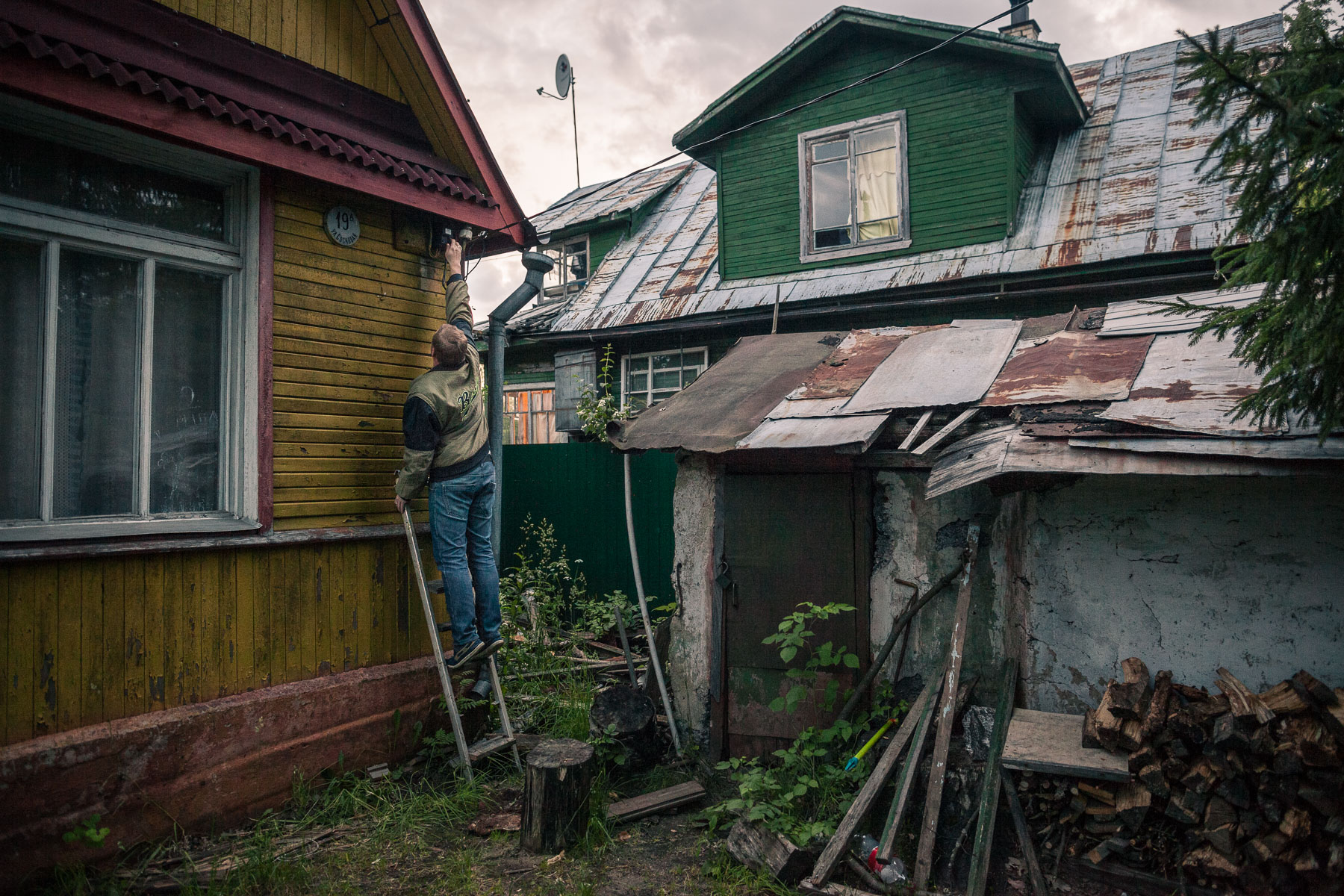
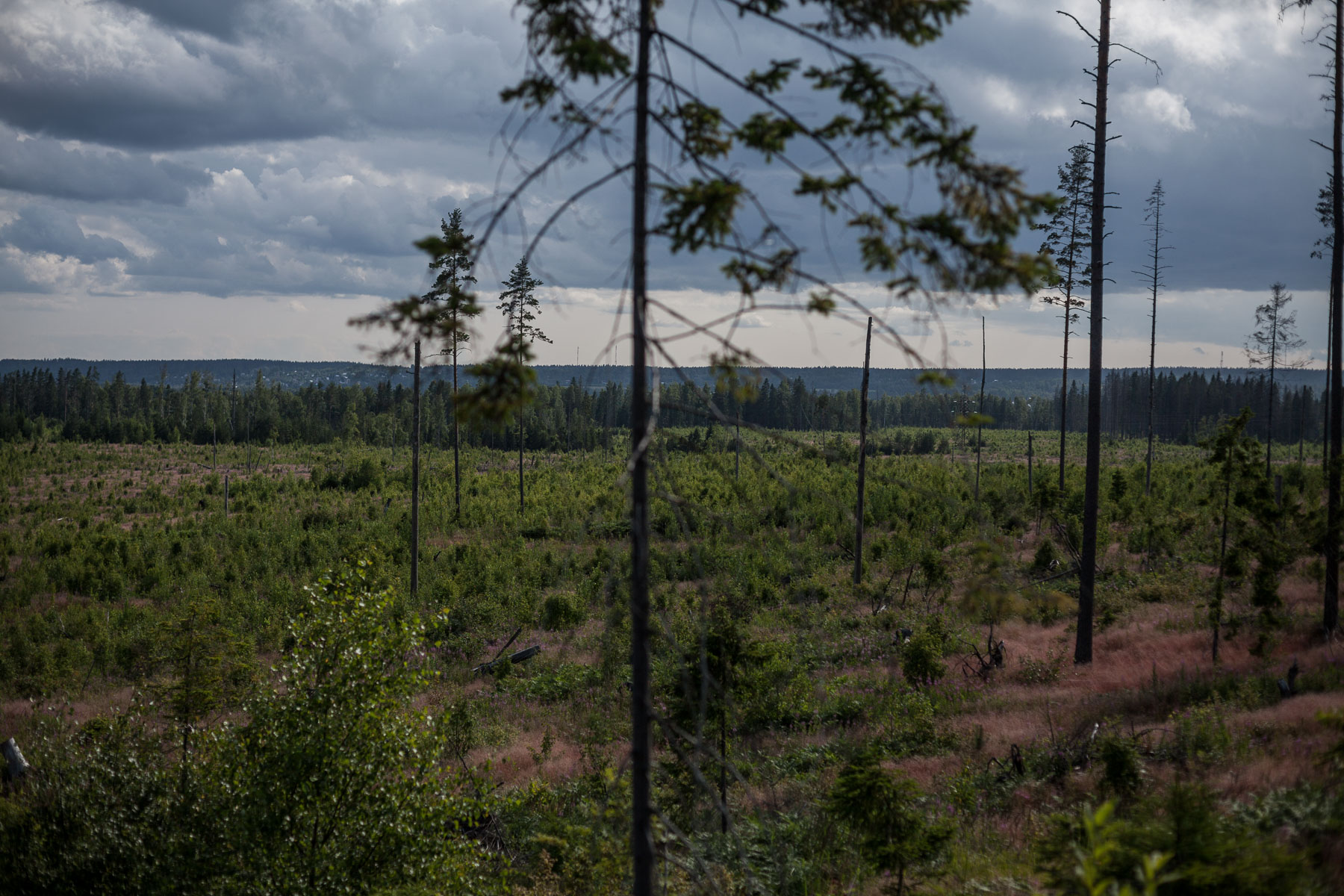

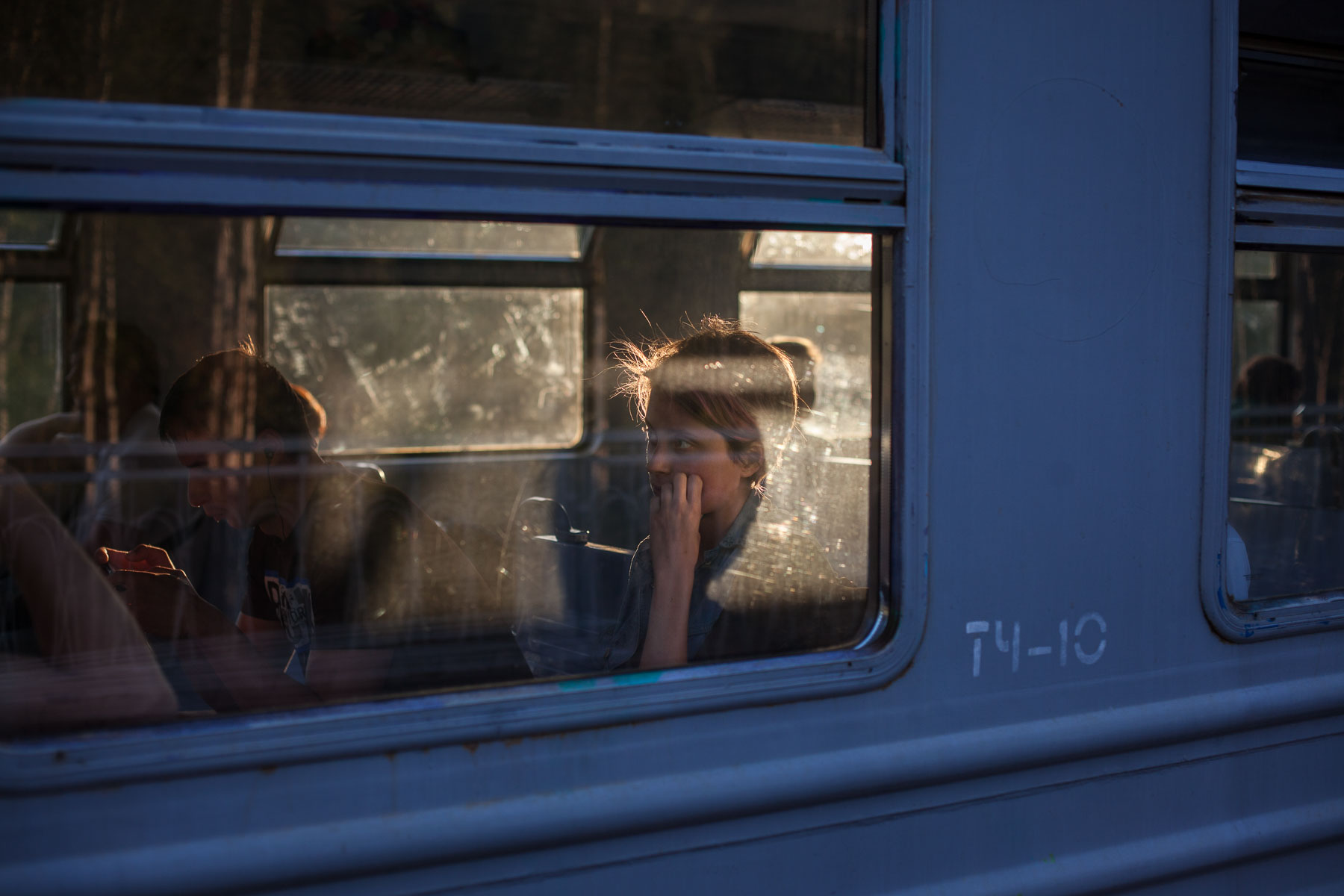
REPORTAGE
”BR319 - Road to Ruin” — Die größte Gefahr für den Regenwald ist der Weg dorthin: Der Highway BR-319.
Die BR-319 ist die einzige Straße, die Manaus, die Hauptstadt des Amazonasbeckens, mit dem Rest Brasiliens verbindet. Sie wurde zuerst von der Militärdiktatur in den 1960er Jahren gebaut, um den Amazonas zu "kolonisieren", degradierte dann aber schnell. Menschen, die entlang der Straße lebten, starben an Malaria, Dörfer wurden verlassen, die Straße verwilderte - der Wald nahm sein Land zurück. Ende der 1980er Jahre war die BR-319 dann unpassierbar.
"Die Zerstörung der BR-319 war das Beste, was dem Regenwald passieren konnte, sagt Philip Fearnside, ein US-Umweltwissenschaftler, der seit 40 Jahren in Manaus lebt. "Die Strasse ist der einzige Weg in das Herz Amazoniens", sagt er. 95 Prozent der Abholzung findet im Umkreis von vier Kilometern um eine Straße statt. Das Jahr 2019 weist bereits die höchste Entwaldungsrate seit 10 Jahren auf, allein im Juli waren es 278 Prozent mehr als im gleichen Zeitraum des Vorjahres. Nirgendwo im Amazonasgebiet ist die Entwaldungsrate schlimmer als in der Region am Südende der BR-319. In dem kleinen Dorf Realidade - portugiesisch für Realität - liegen Rauch und Staub in der Luft, Sägewerke arbeiten die ganze Nacht, Tausende von Holzfällern schlagen Korridore im Regenwald. Das Dorf befindet sich in einem Abholz-Rausch. Die Menschen laufen bewaffnet umher, die Autos haben keine Nummernschilder, die Atmosphäre ähnelt der einer Goldgräberstadt. Realidade ist der letzte Posten der "Zivilisation" am Südrand von BR-319. Von hier aus in Richtung Norden liegt unberührter Regenwald. Südlich von Realidade findet man hunderte von Kilometern Weideland; abgeholzte Landschaften. Der "Bogen der Entwaldung" beginnt hier. Die Landschaft hinter Realidade ist ein Blick in die Zukunft des Amazonasbeckens: Ende Juli kündigte Präsident Bolsonaro an, dass er BR-319 neu pflastern lassen will.
Zusammen mit dem Autor Fabian Federl reisten wir 2019 ende Juli für 10 Tage entlang des Highway BR-319 durch den Amazonas Regenwald von Manaus bis nach Realidade.
Veröffentlicht in Das Magazin (CH), Smithsonian Magazine (USA), Society (FR) u.A.
Ausgezeichnet: Royal Geographical Society's Earth Photo 2020 competition „A Climate of Change“ (finalist)
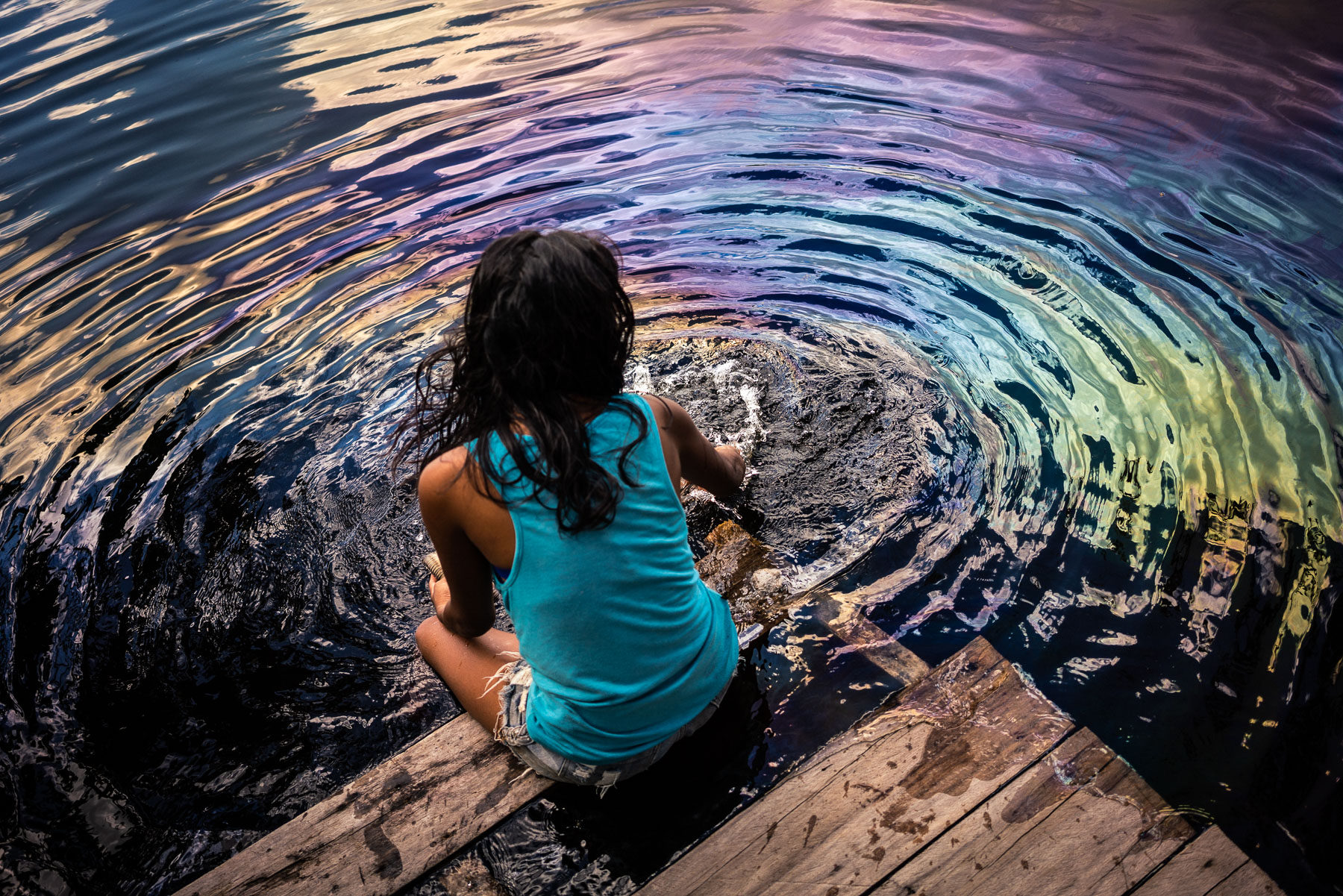
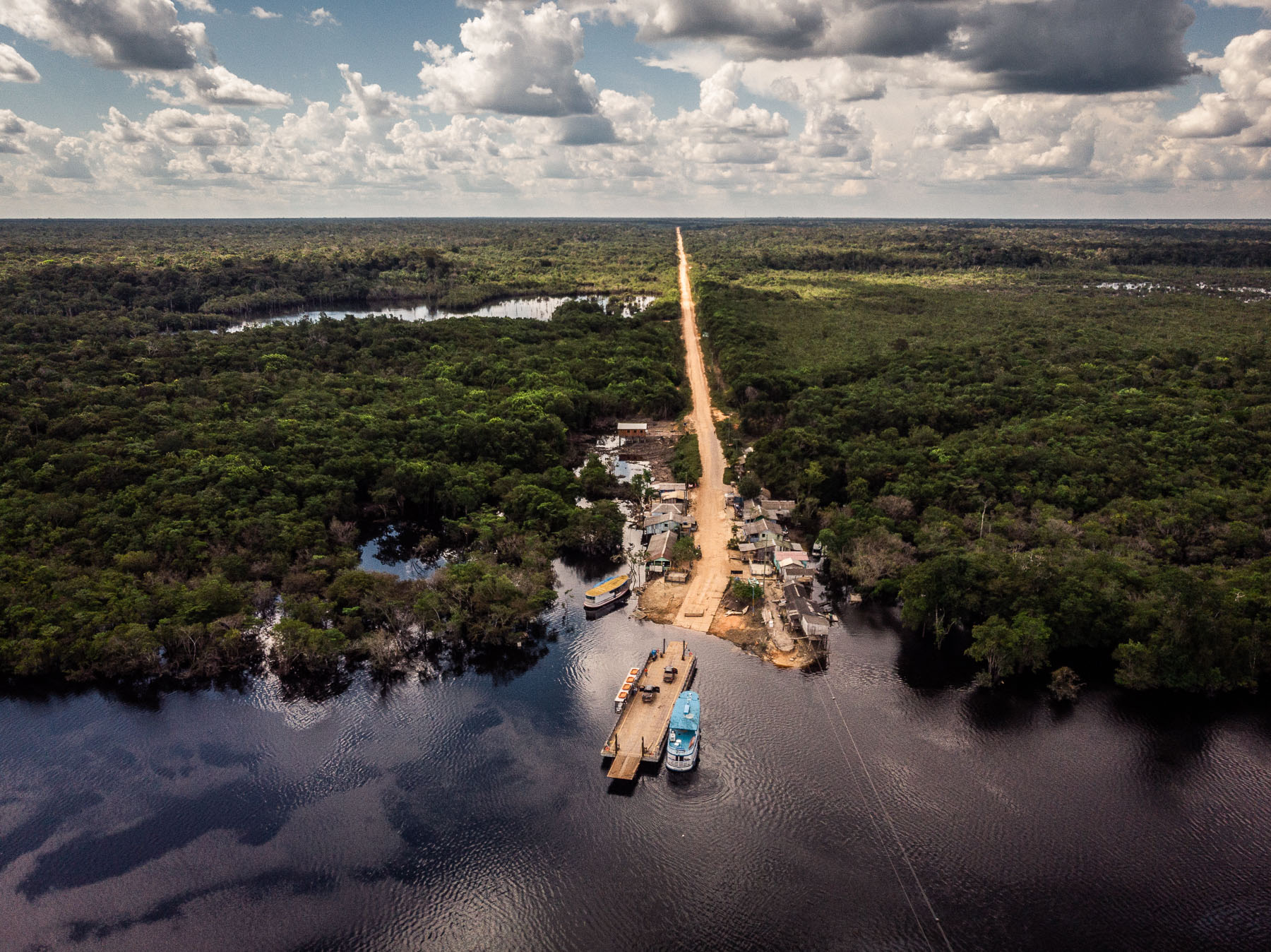
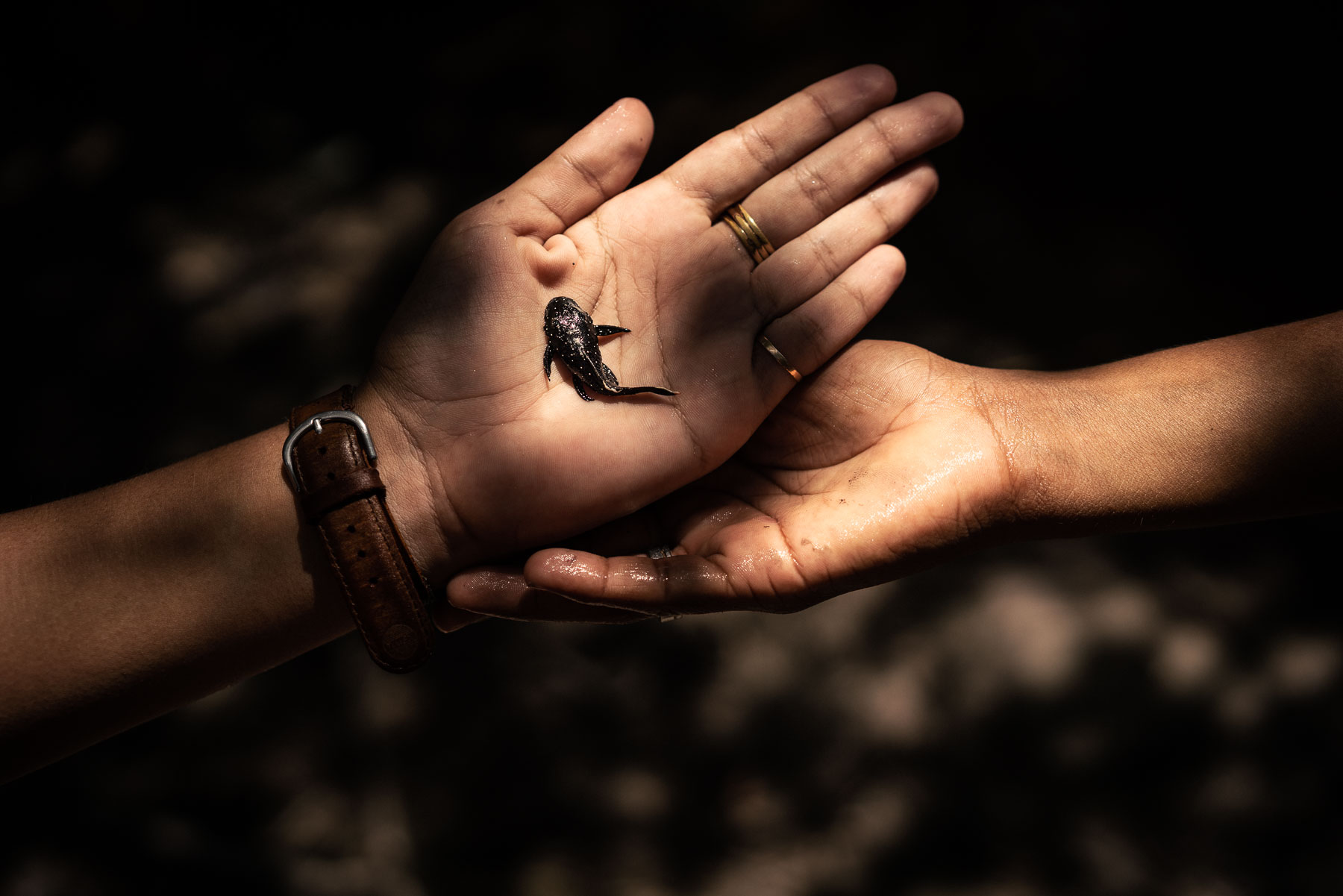
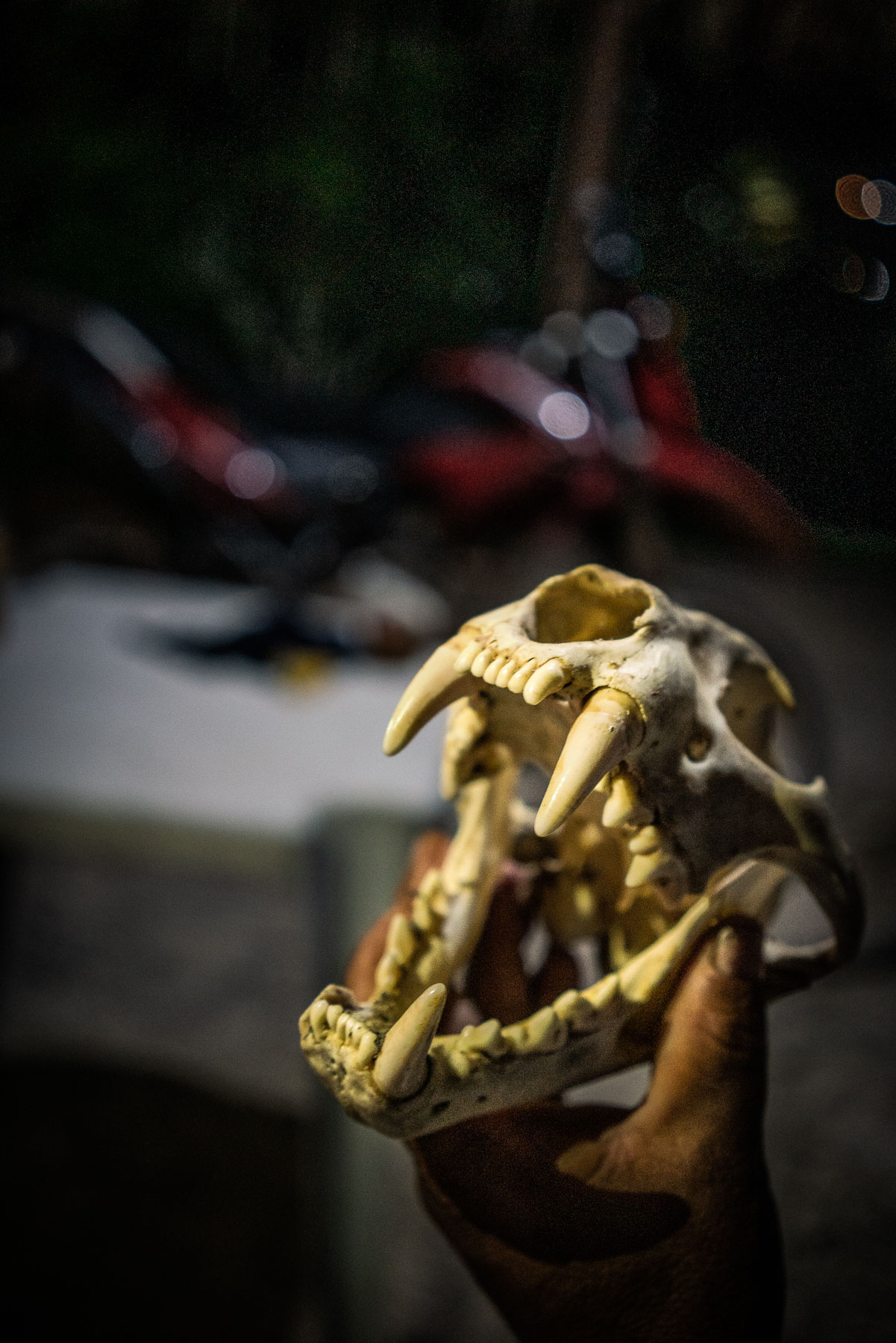
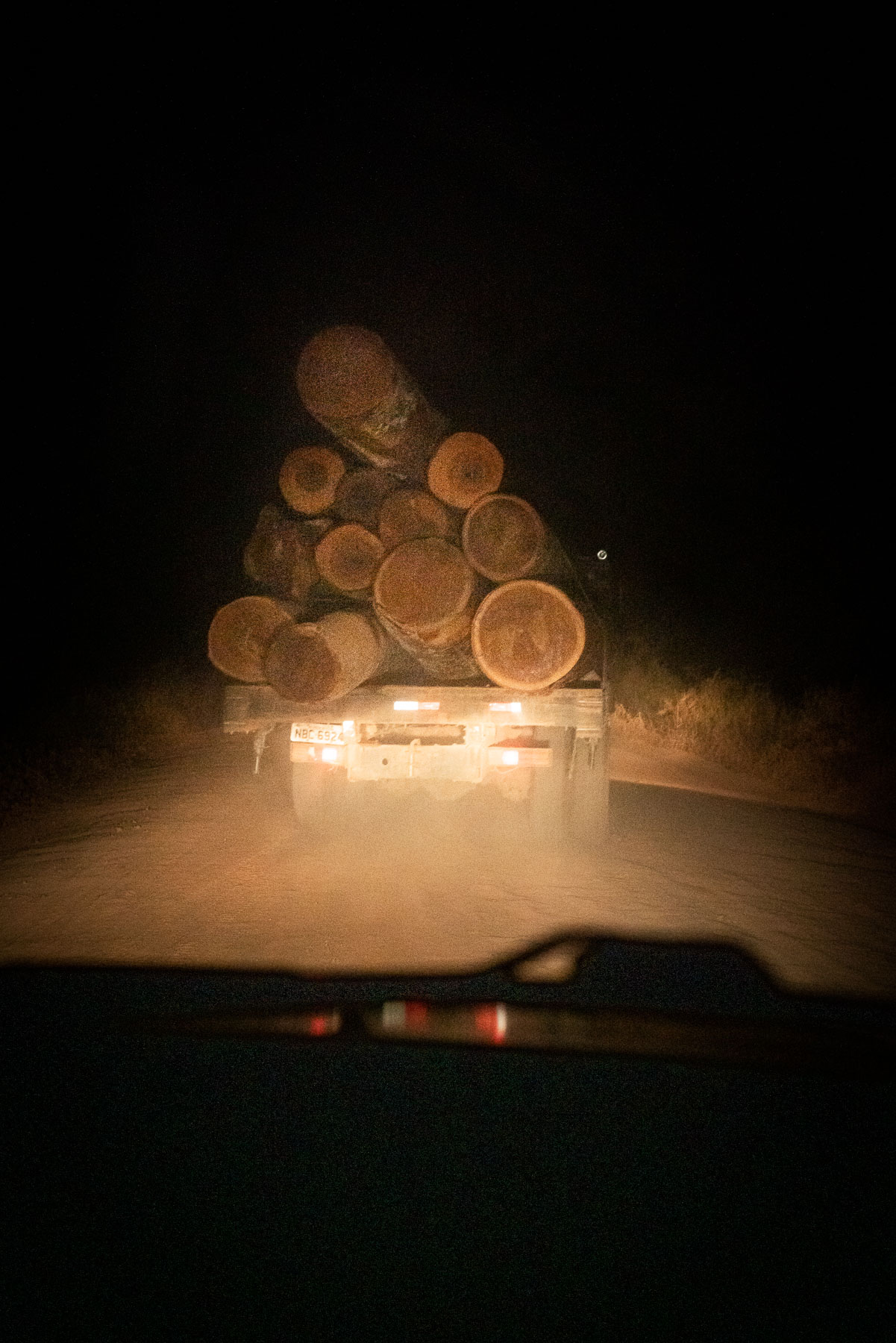

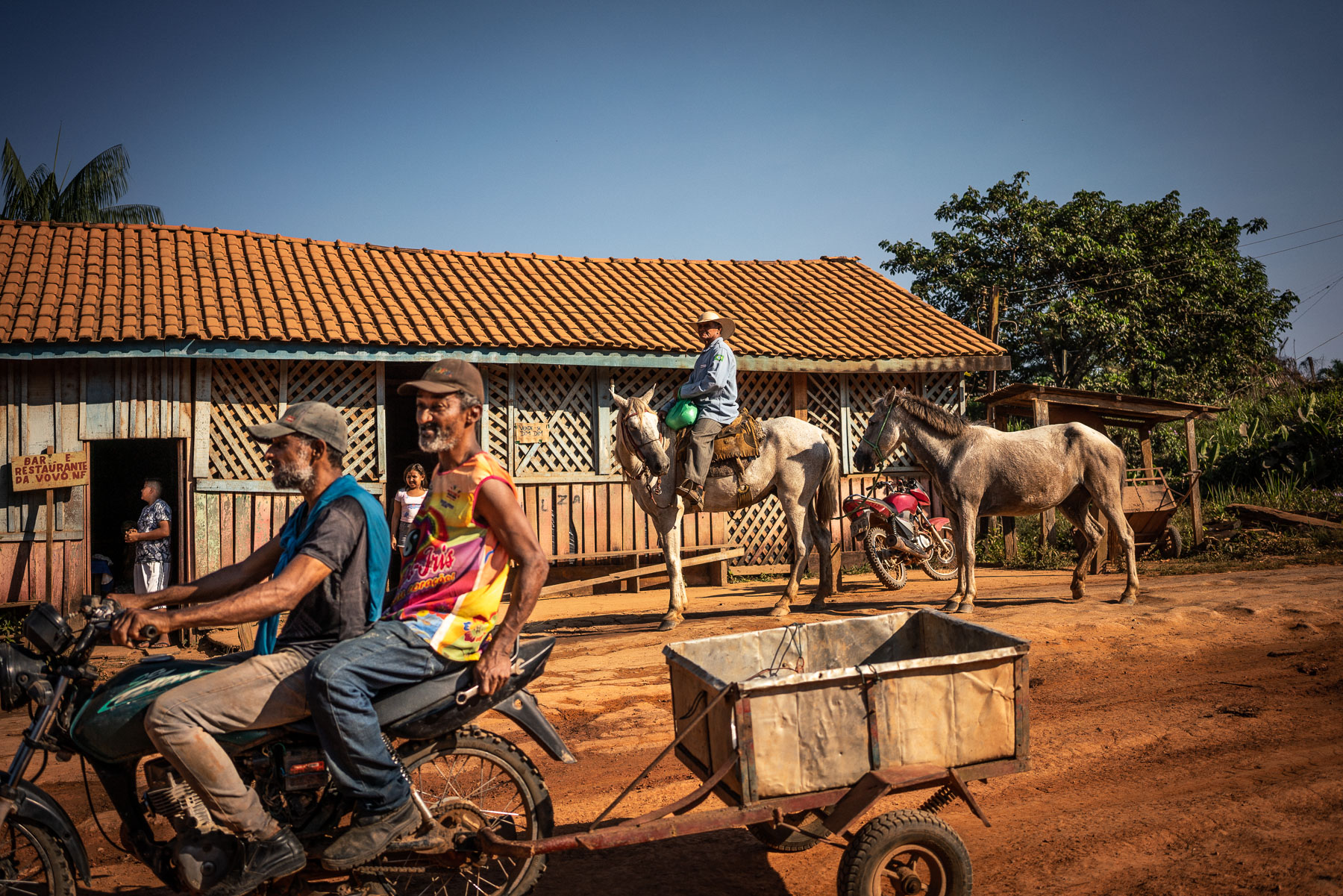
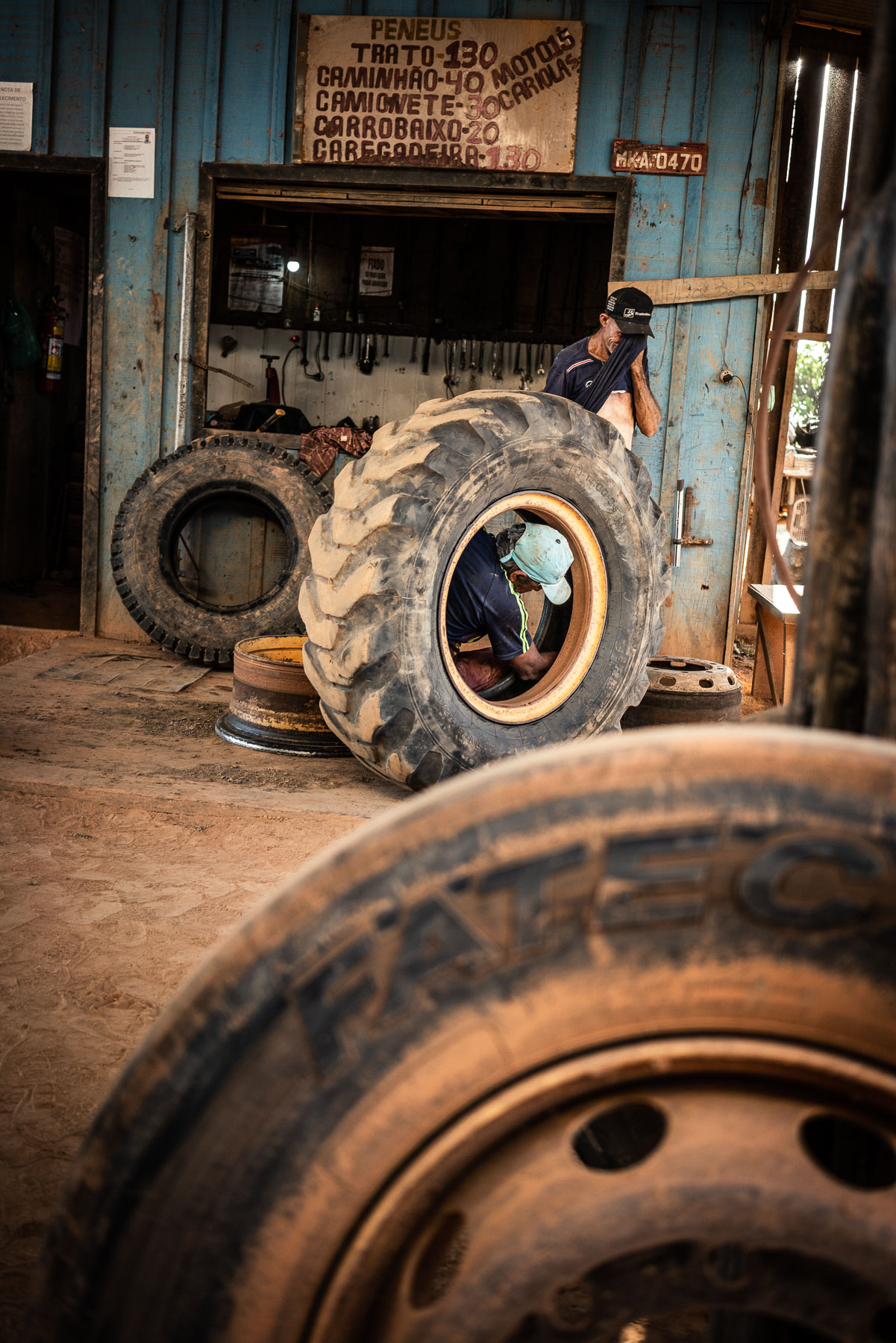
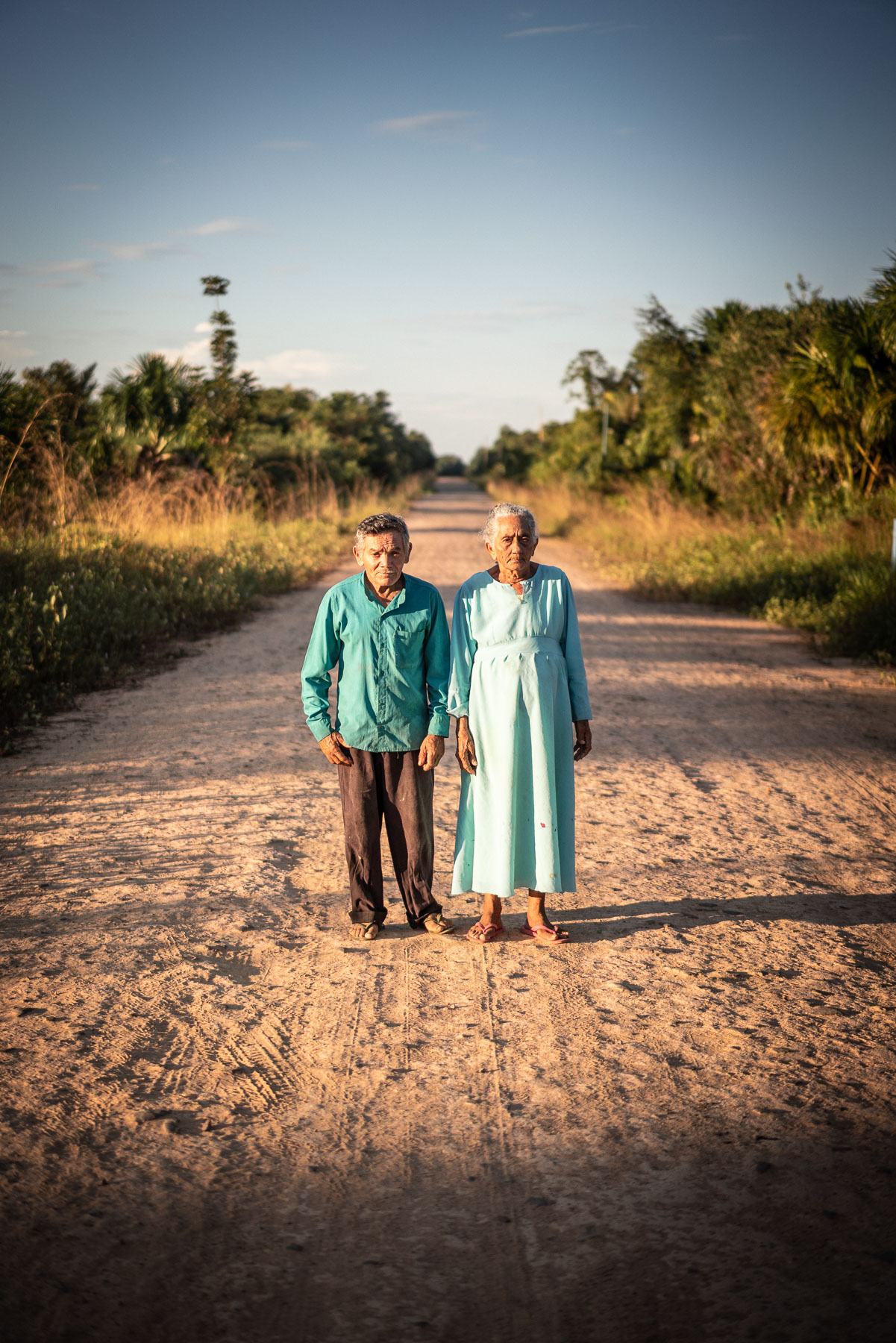
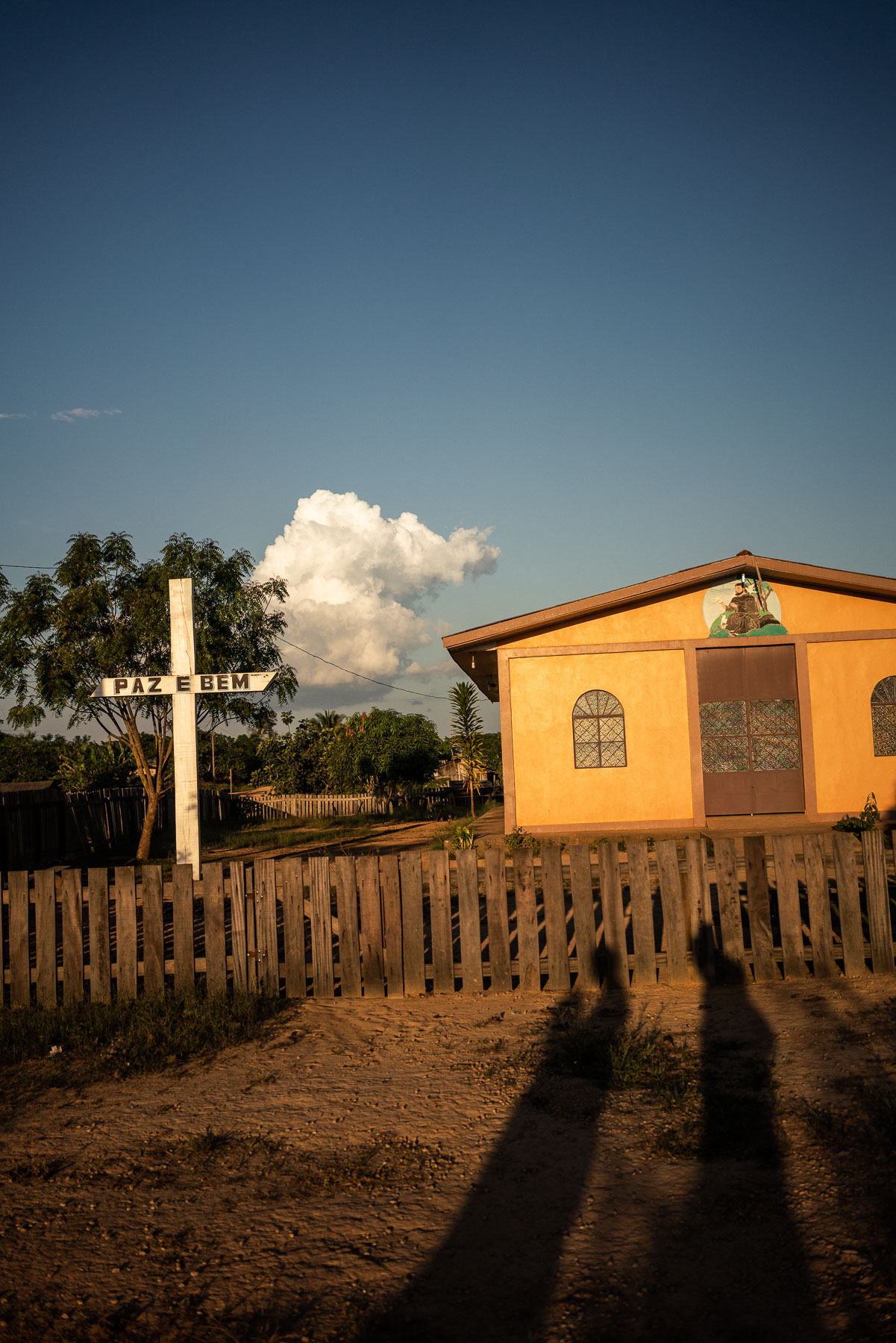
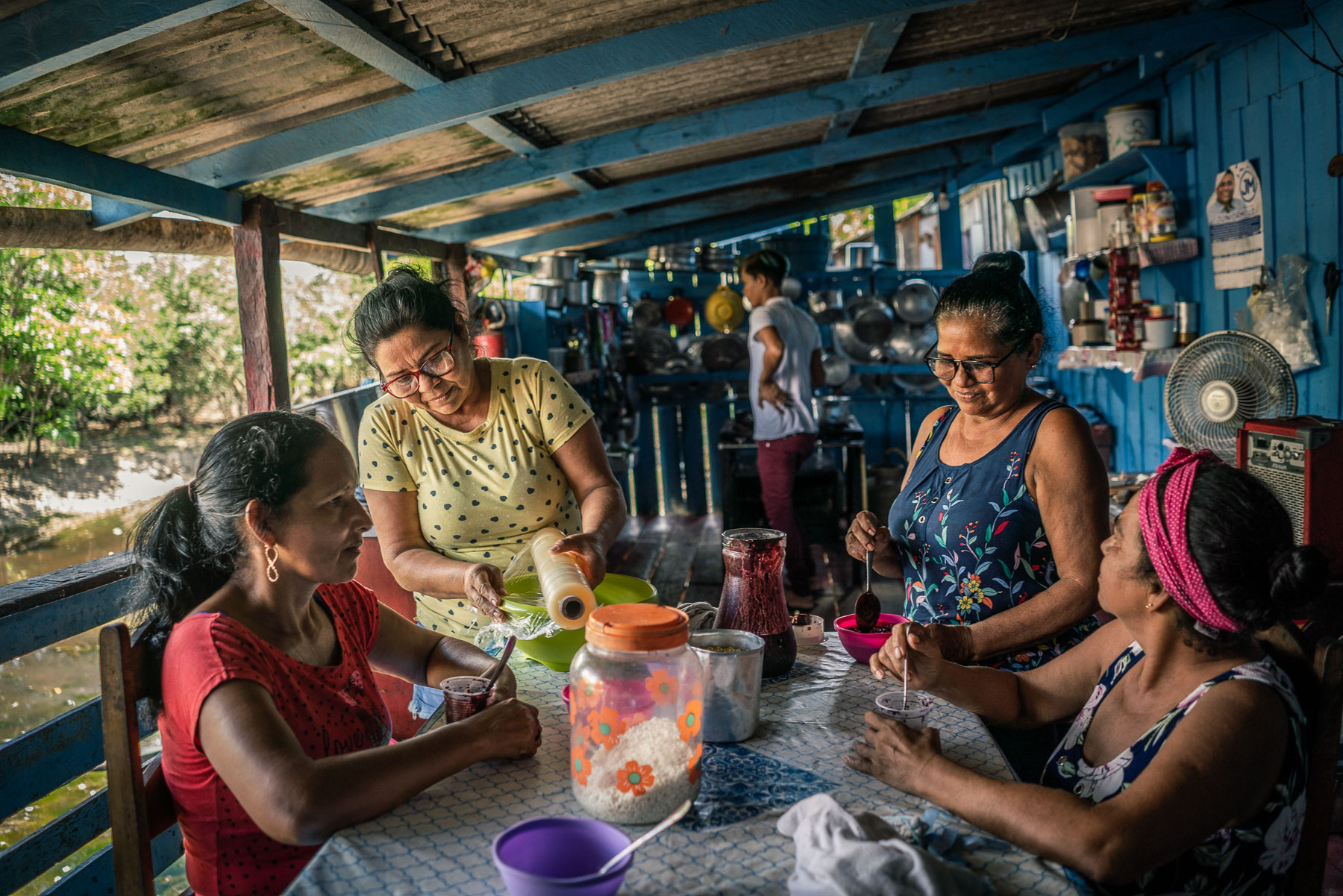

TEILEN AUF
Evgeny Makarov
Evgeny, 1984 in St.Petersburg geboren, verbrachte seine Kindheit zwischen Deutschland und Russland, nachdem seine Familie 1992 nach Hamburg gezogen war. Er studierte Sozial- und Politikwissenschaften an der Universität Hamburg. Während dieser Zeit entdeckte er die Fotografie als ein Werkzeug, um soziale Realitäten jenseits des traditionellen akademischen Ansatzes anzugehen. Anschließend studierte er Fotojournalismus an der Danish School of Media and Journalism in Aarhus, Dänemark, und schloss dort das internationale Programm 2014 ab. Evgeny nahm an der Joop Swart Masterclass 2015 von World Press Photo und am Eddie-Adams-Workshop 2018 teil. Aktuell lebt er zwischen Hamburg und Rio de Janeiro.
Agentur Focus
Burchardstr. 14
20095 Hamburg
Germany
focus@agentur-focus.de
+49(40) 450 22 30
Impressum — Datenschutz

